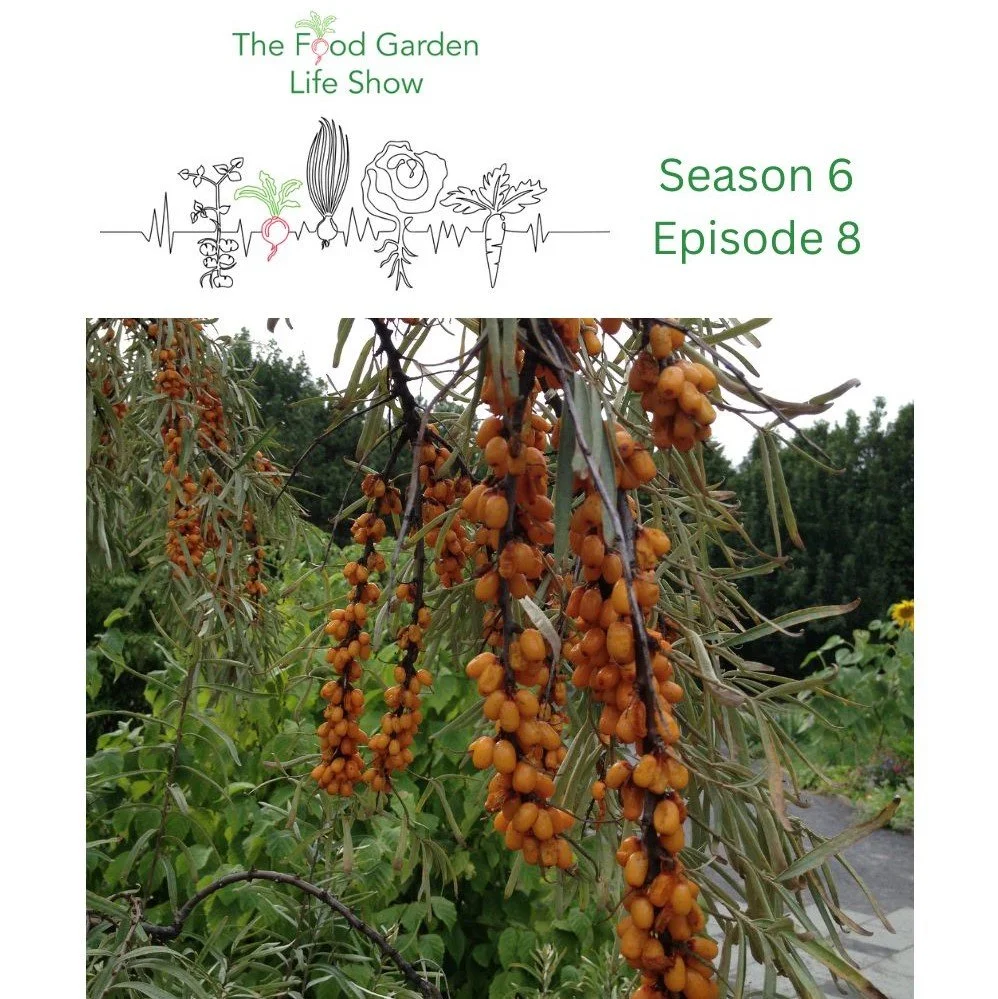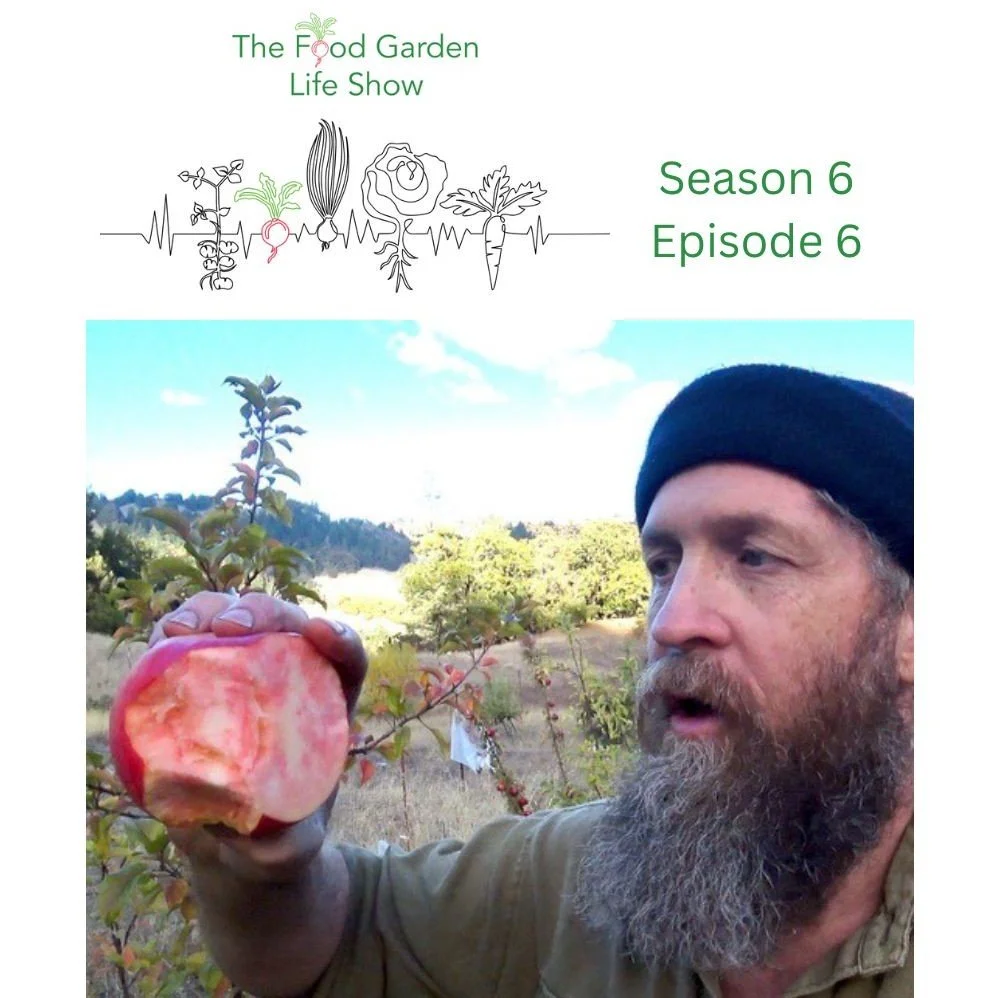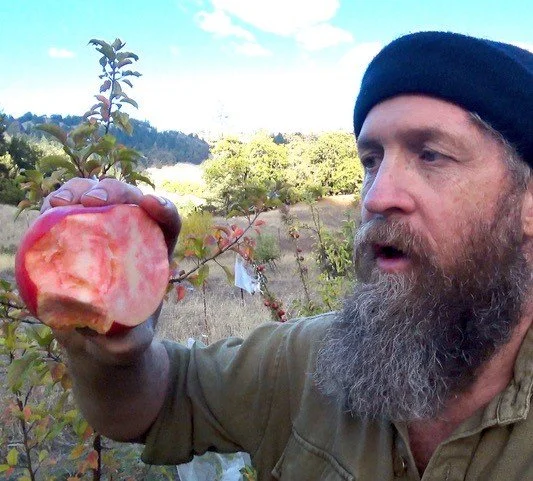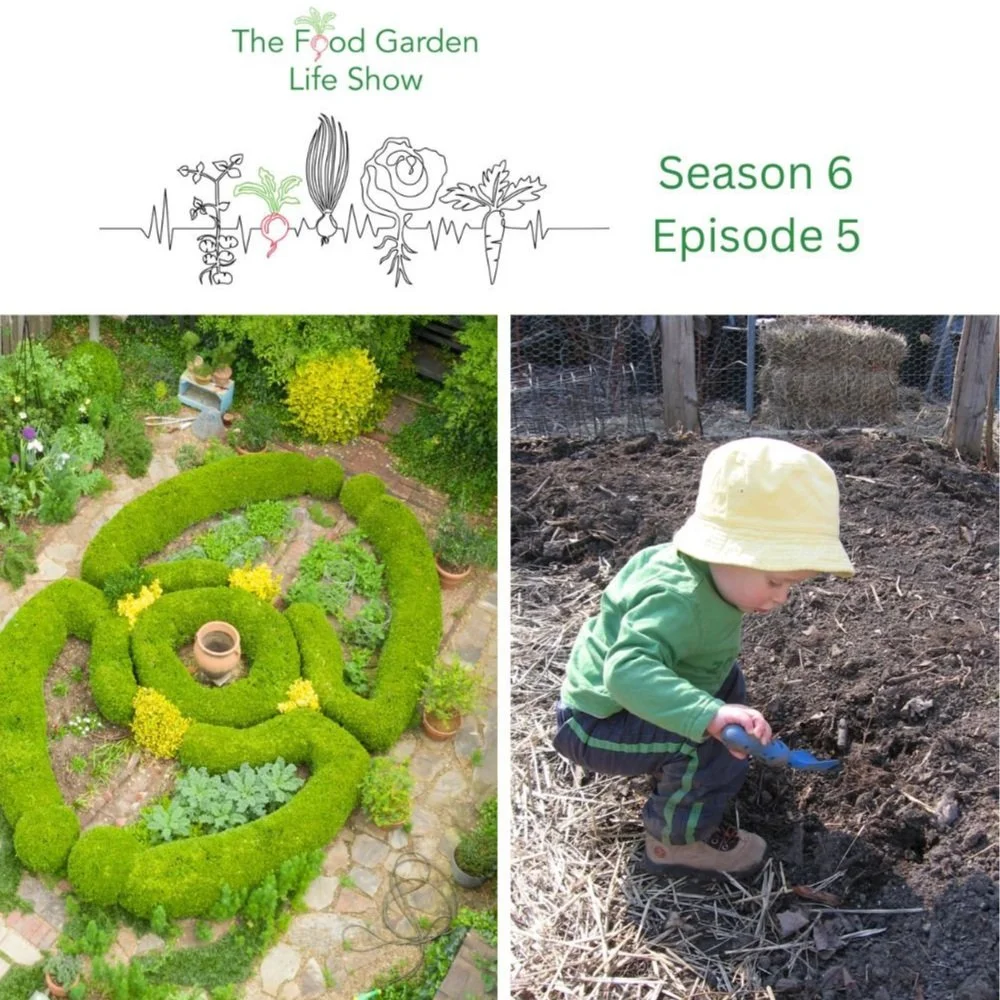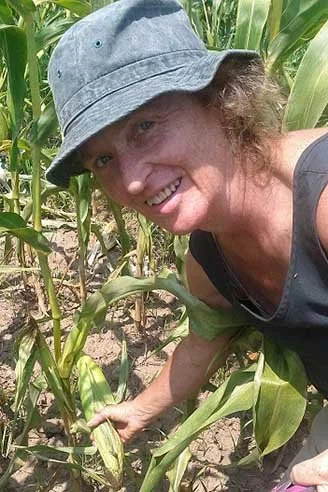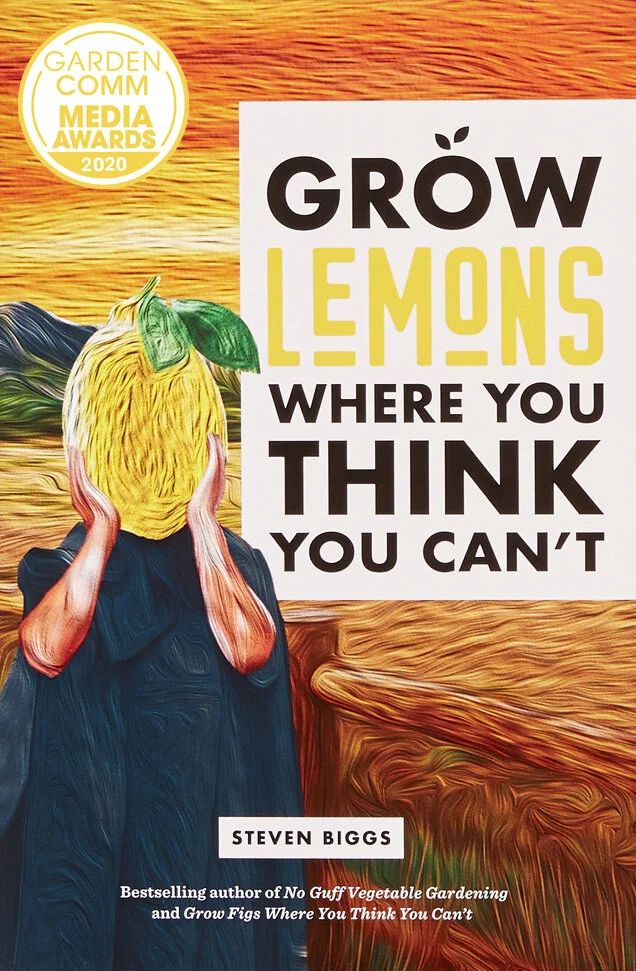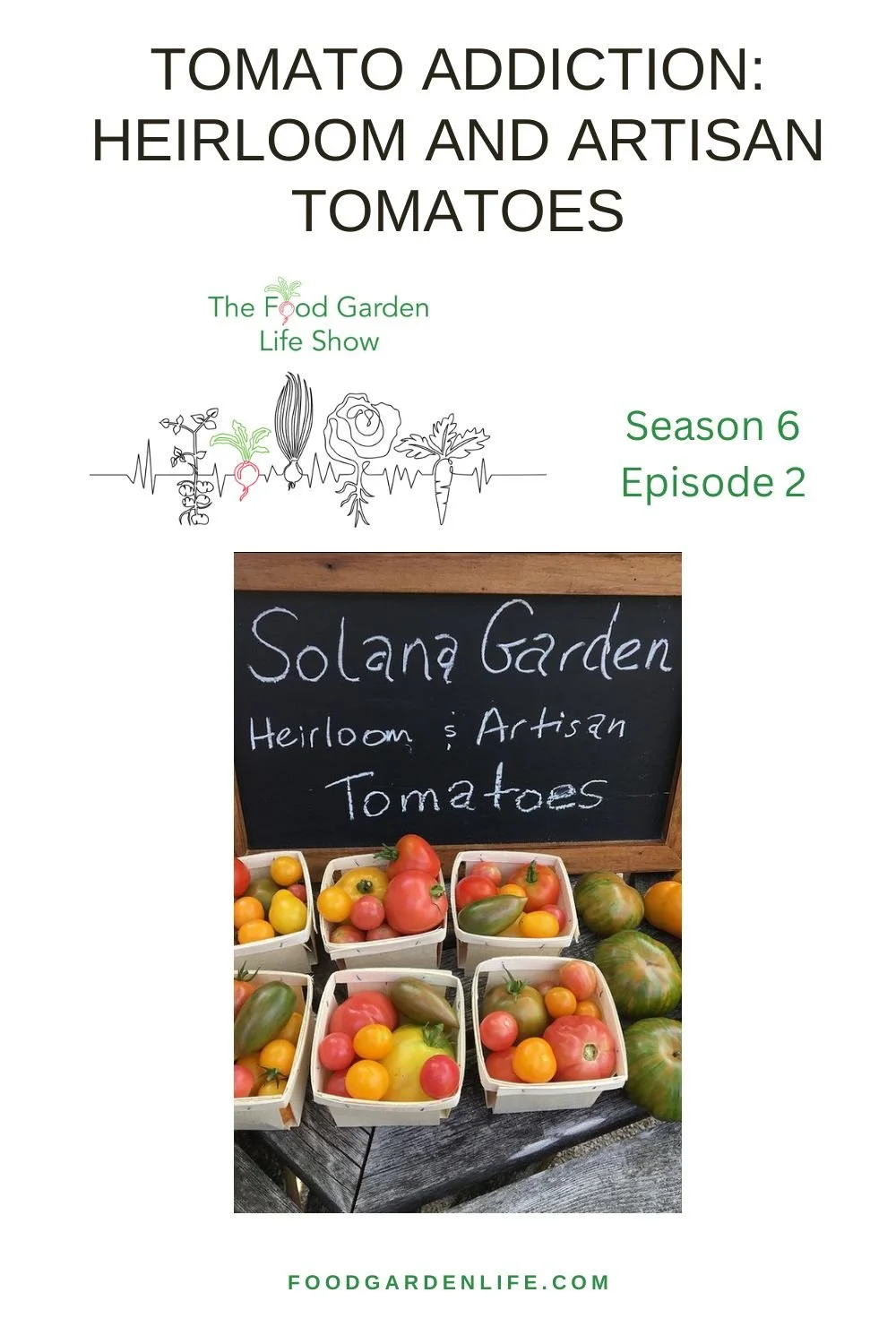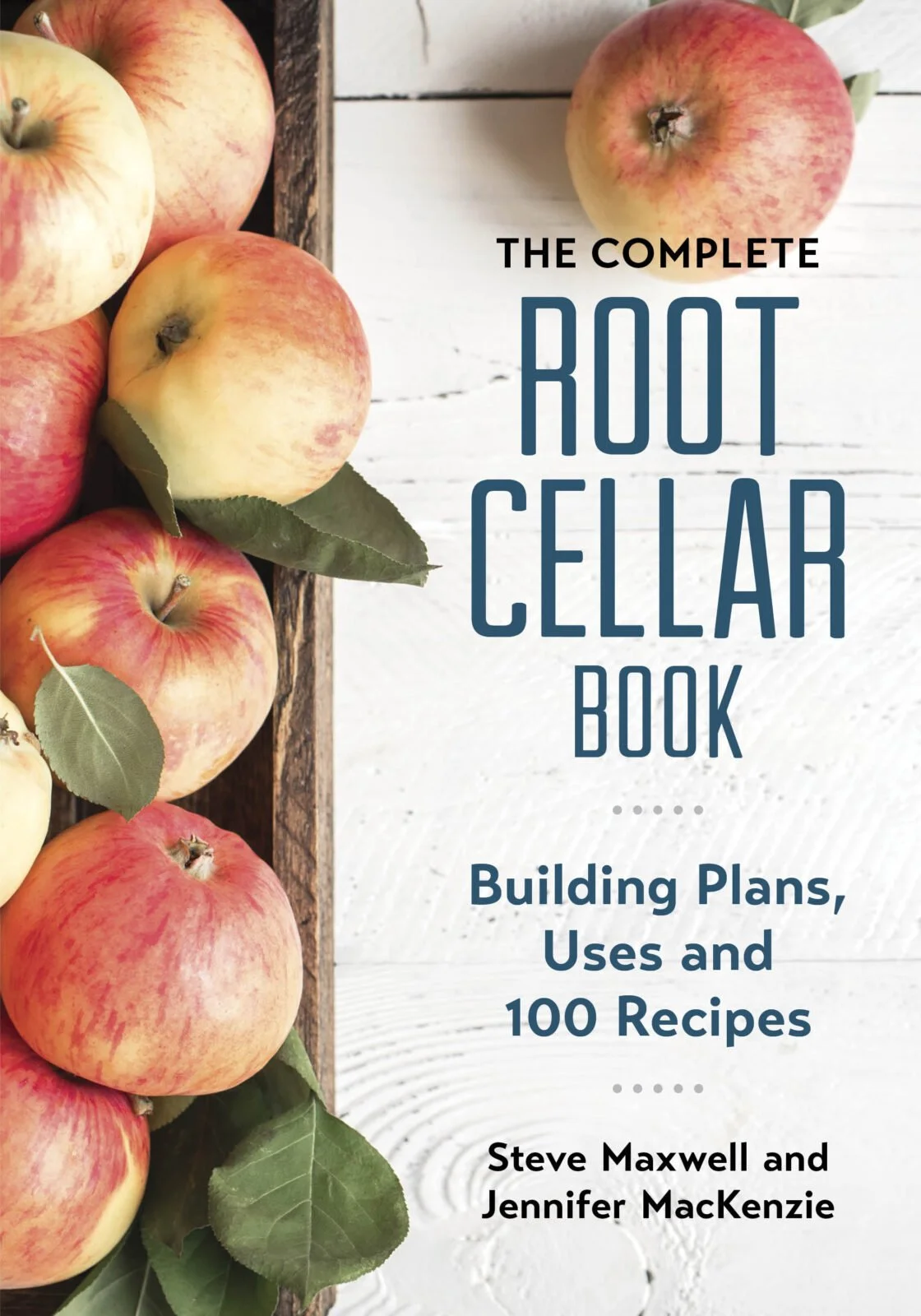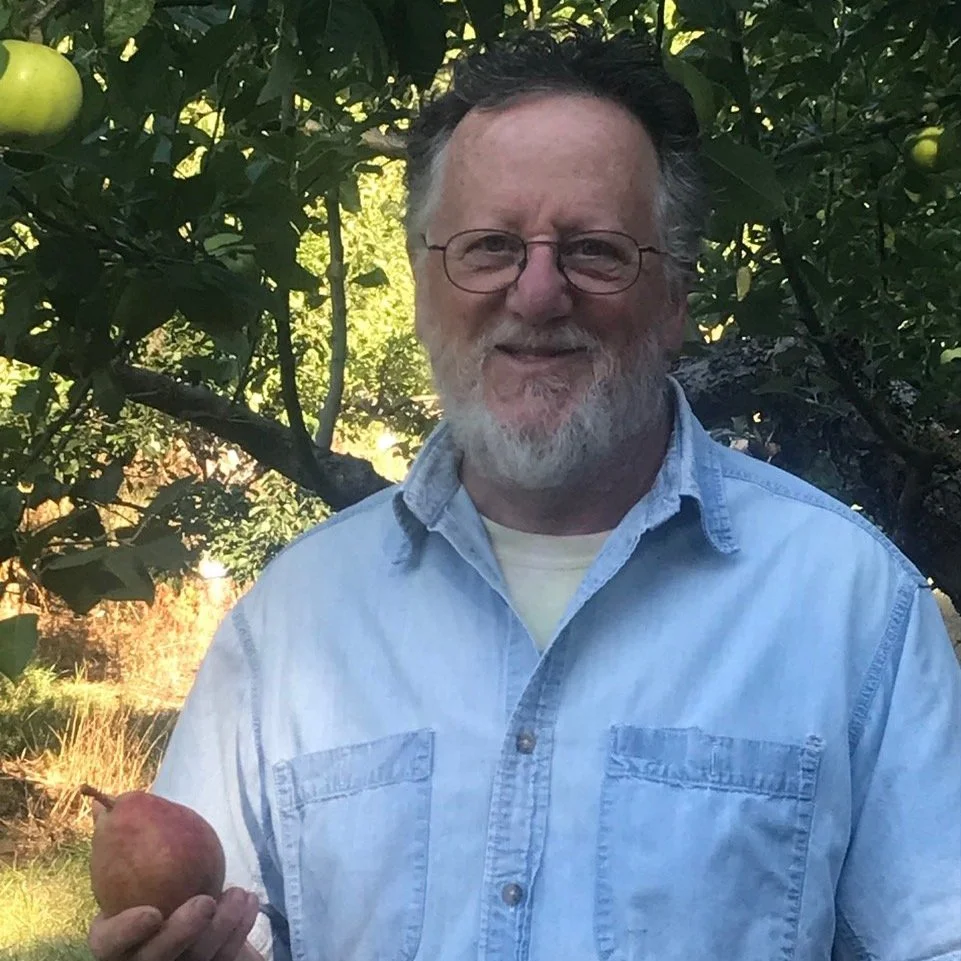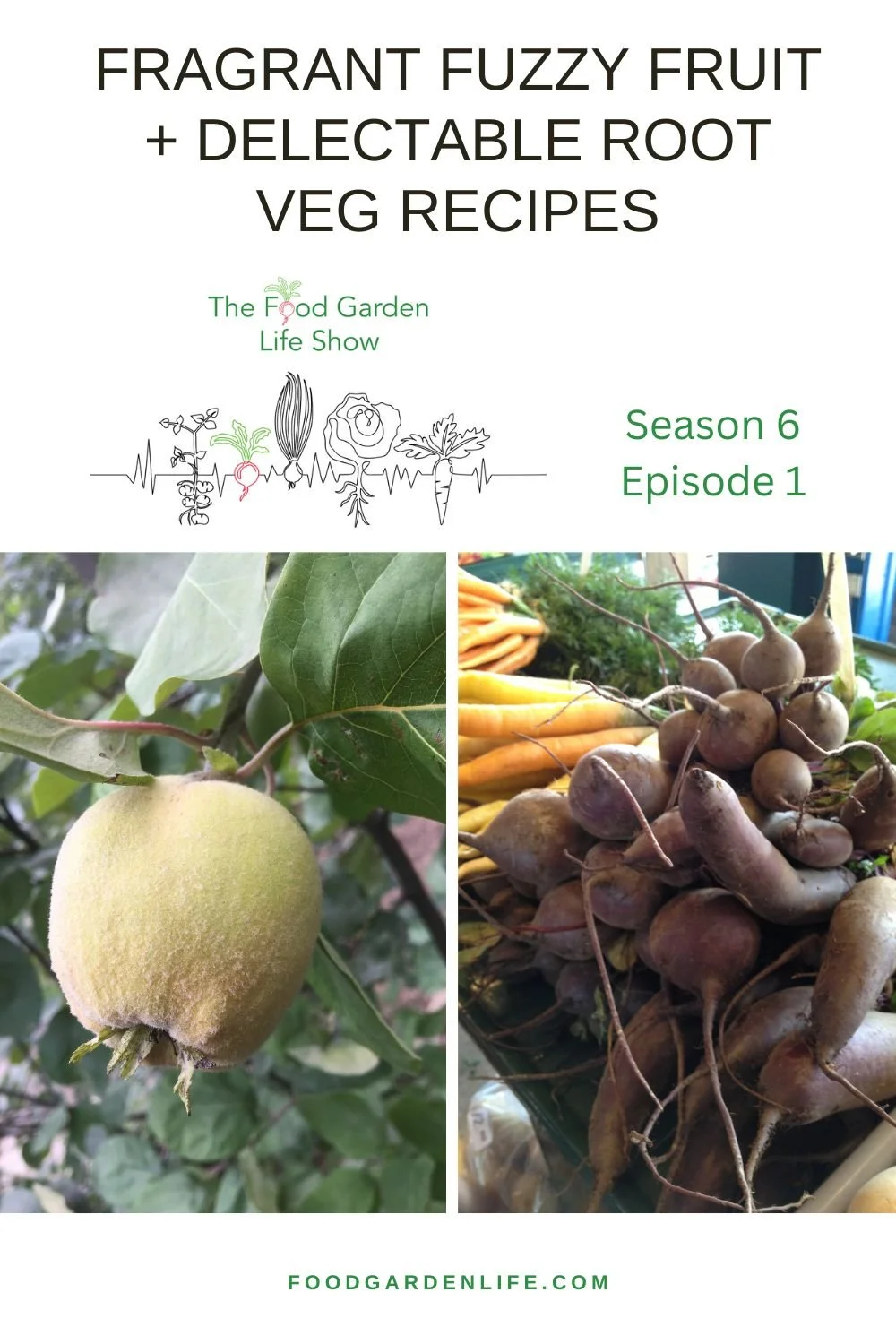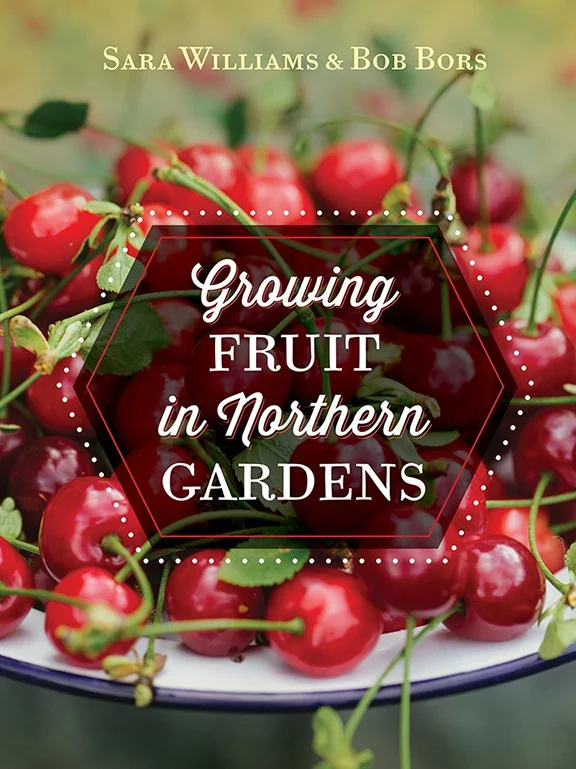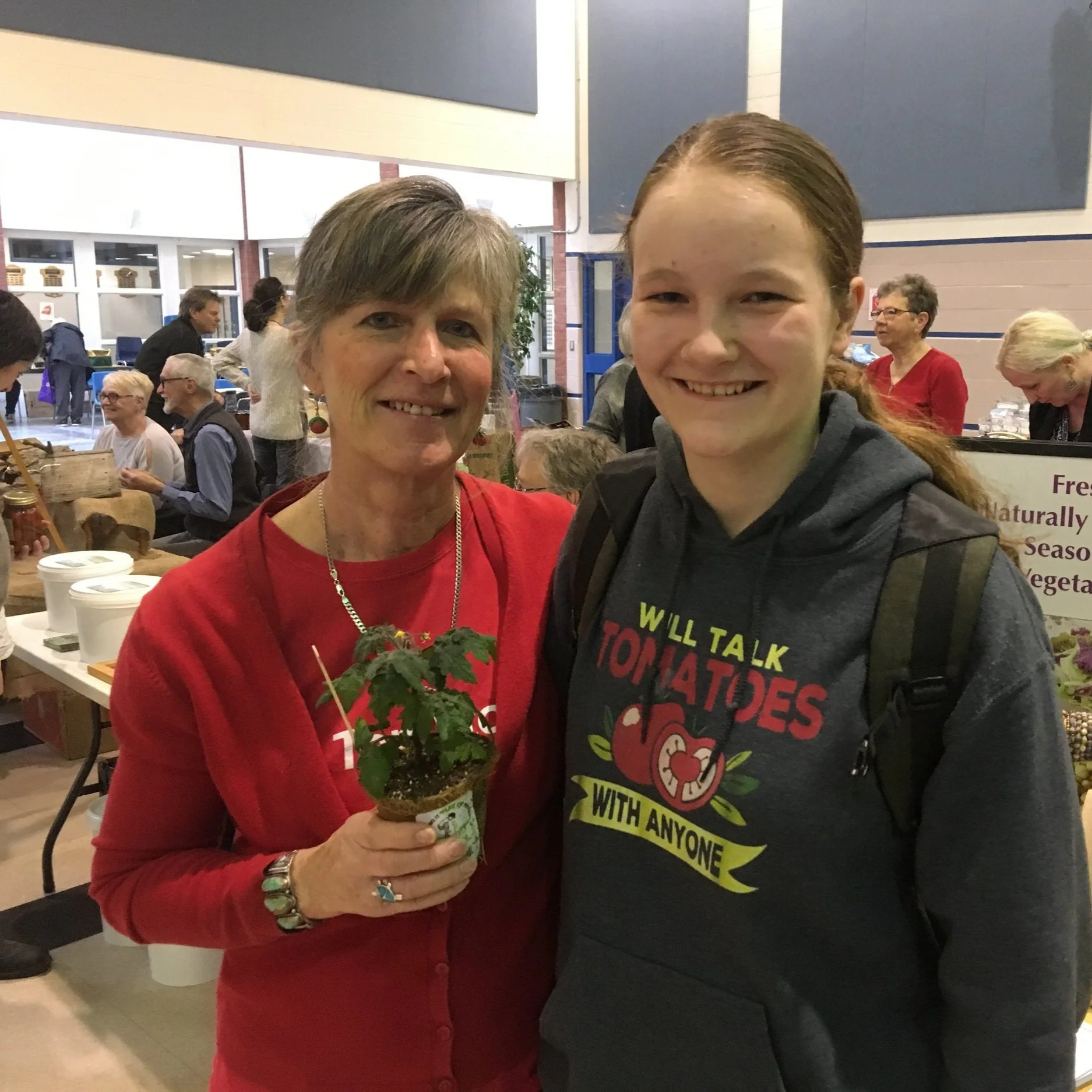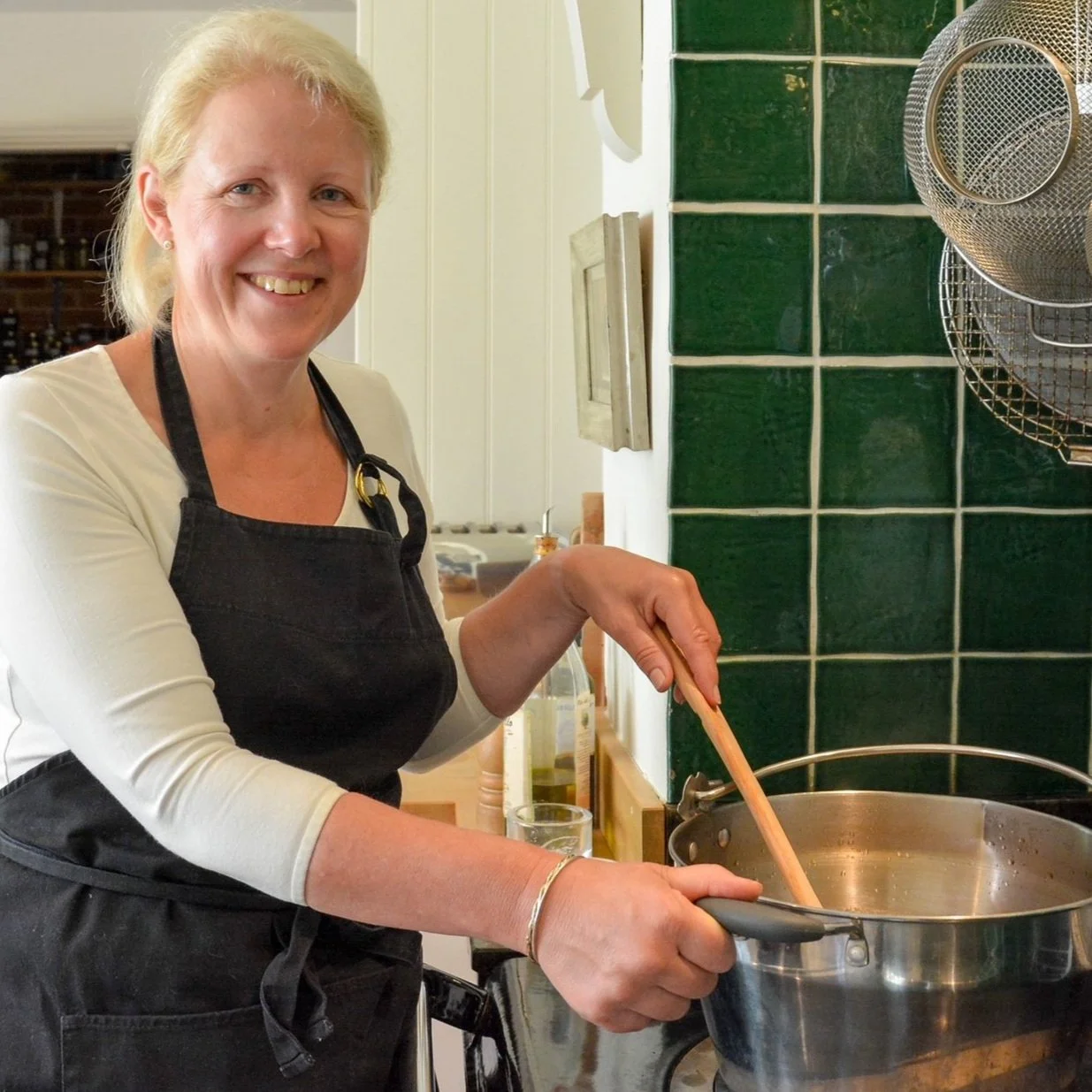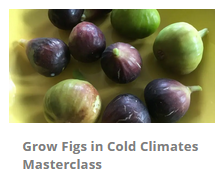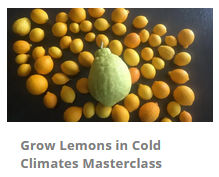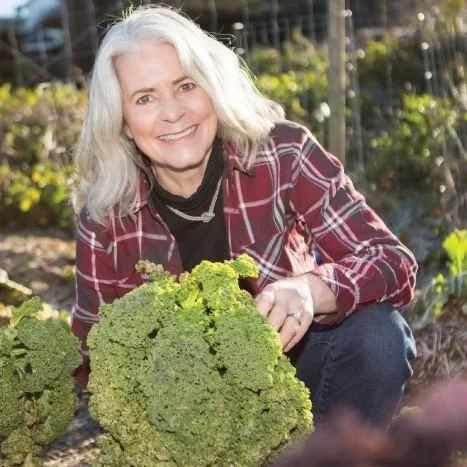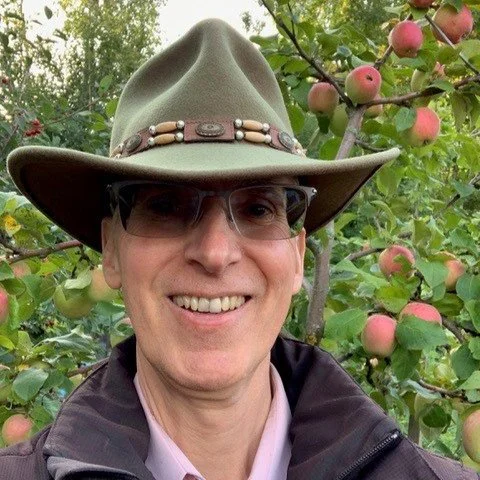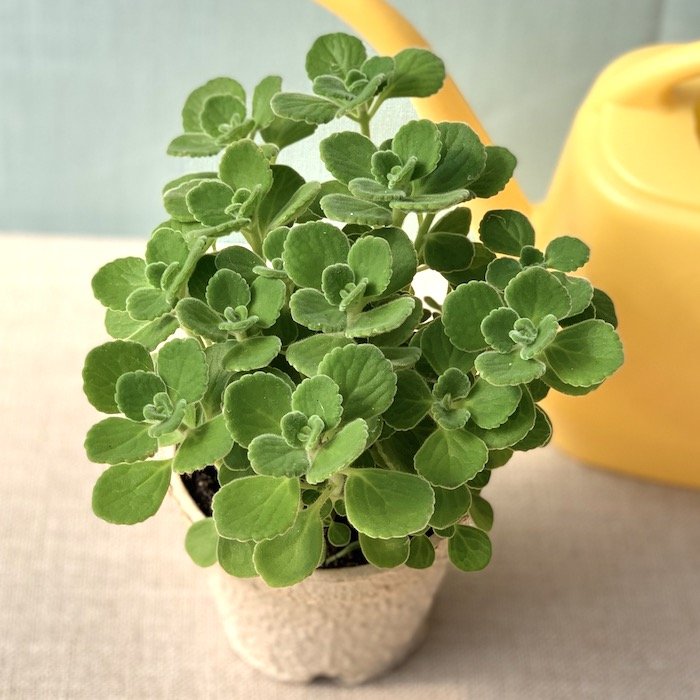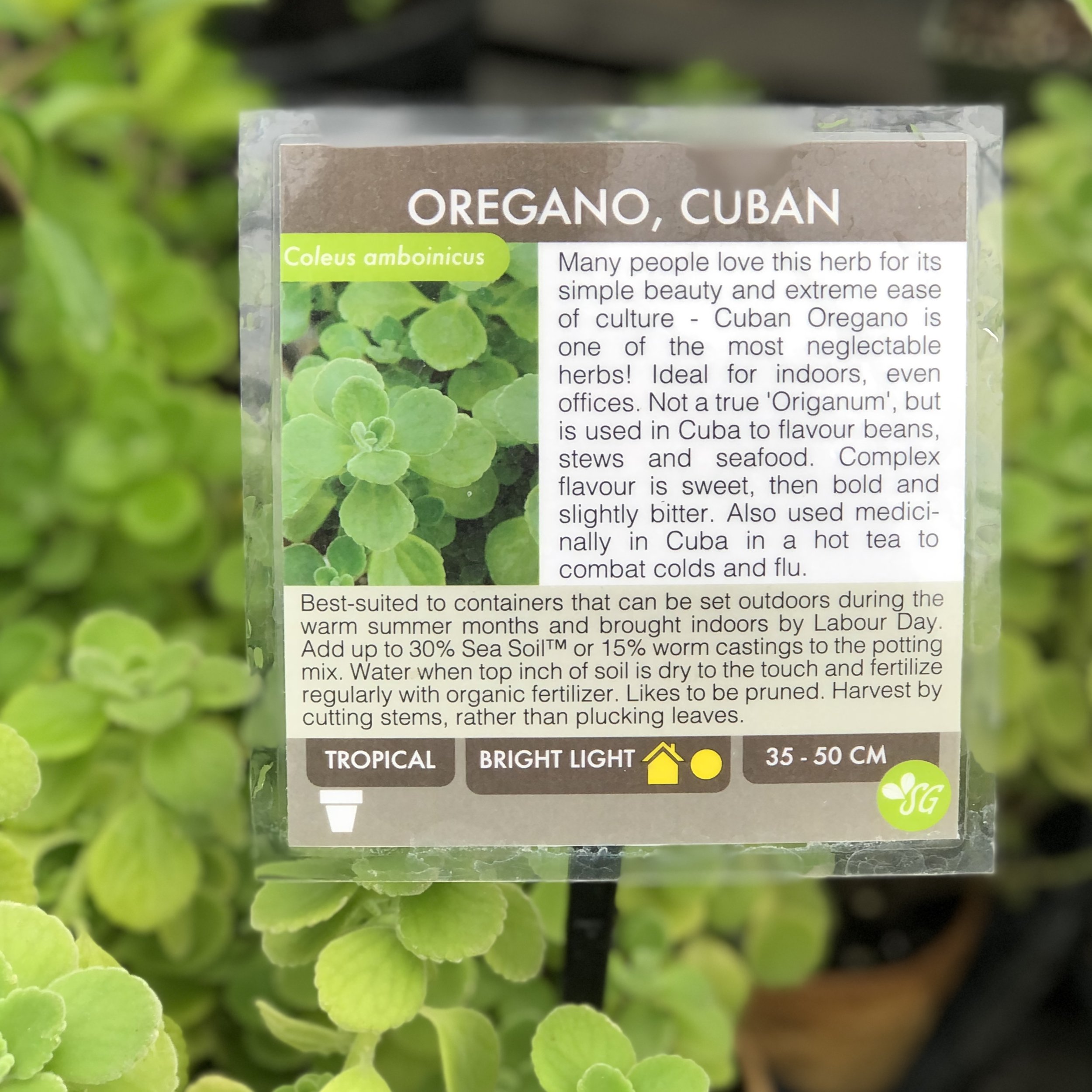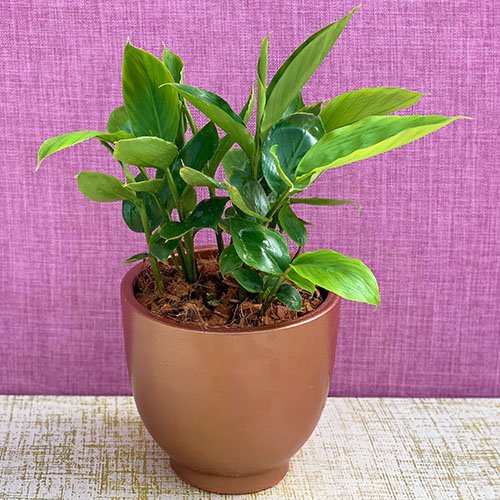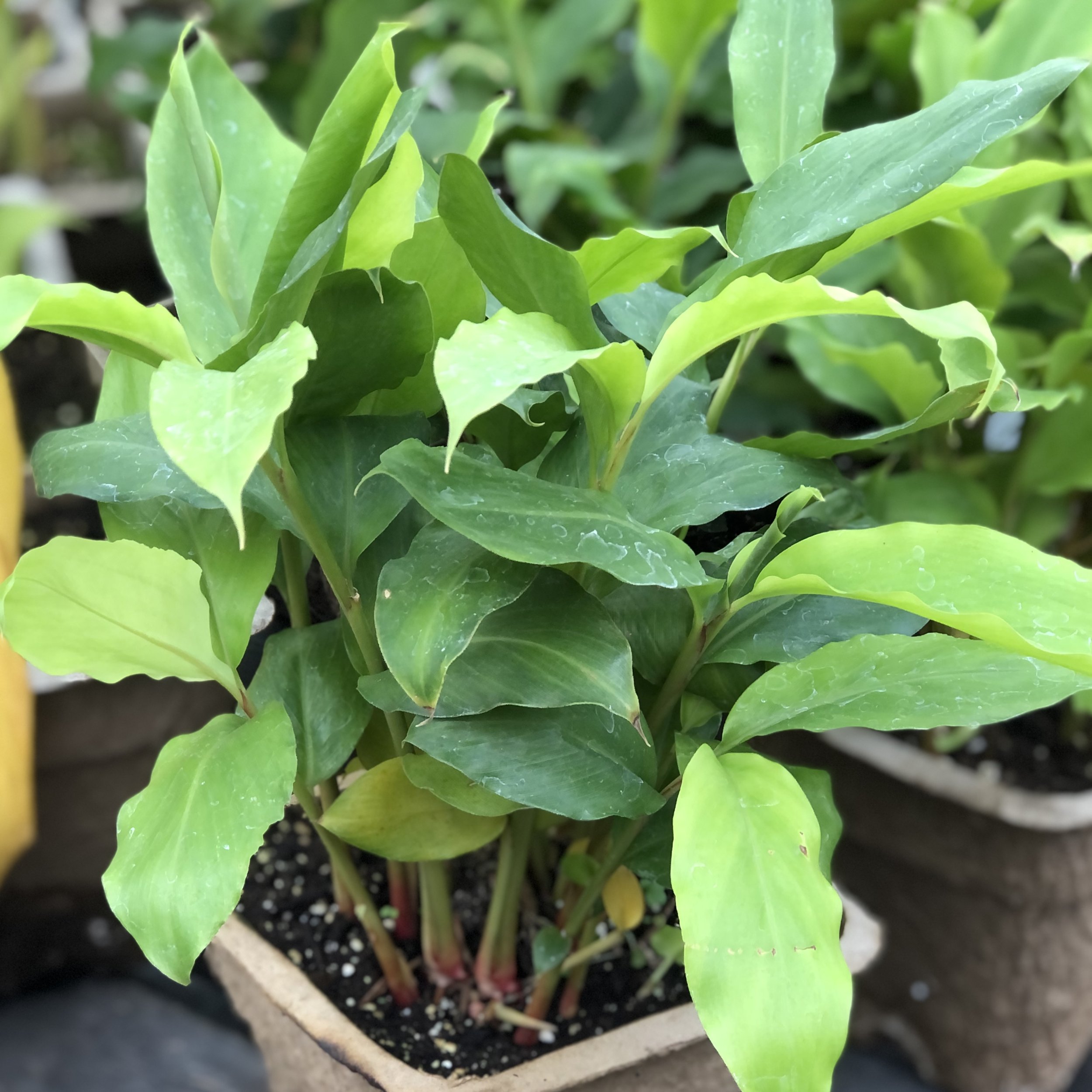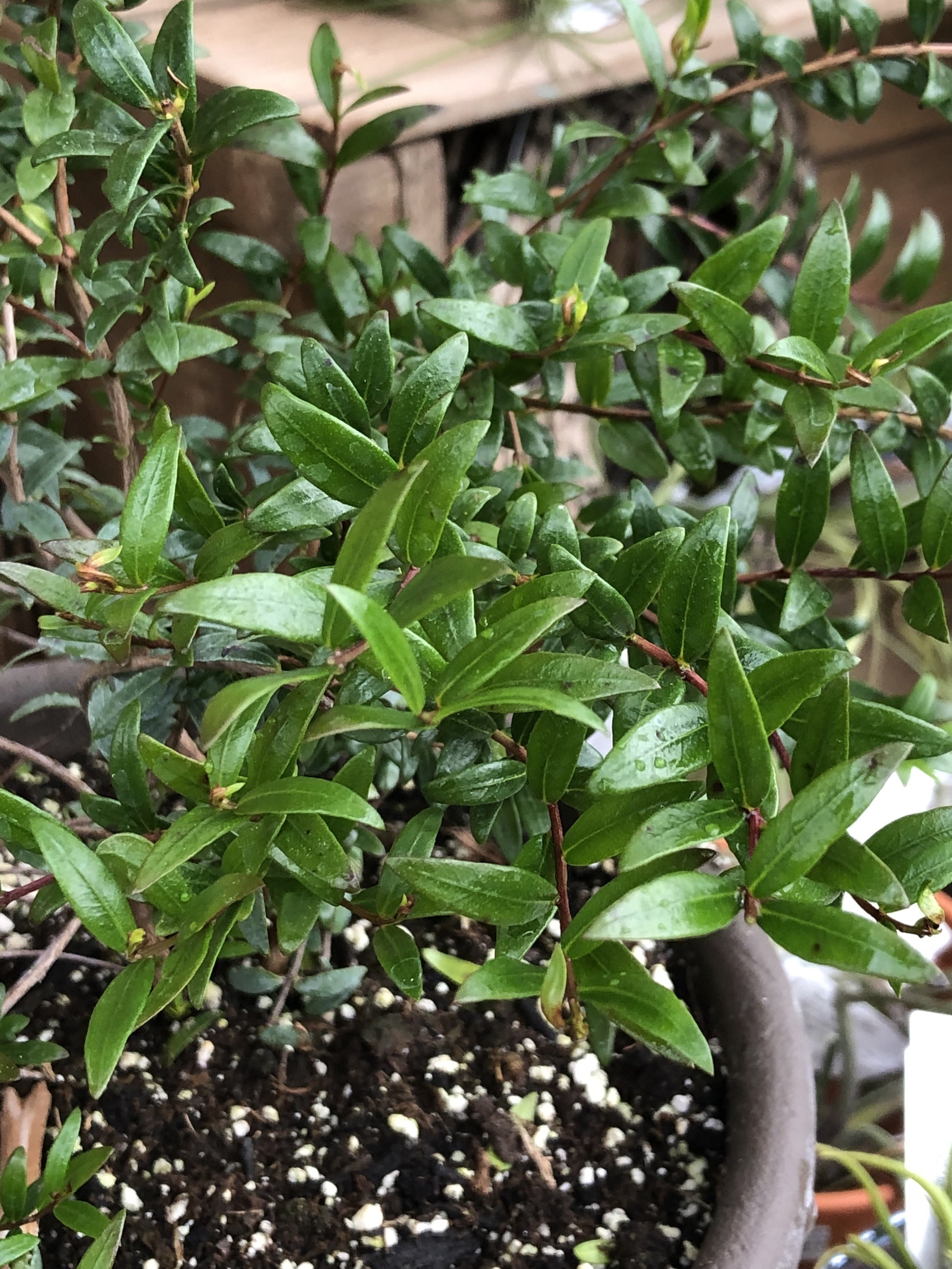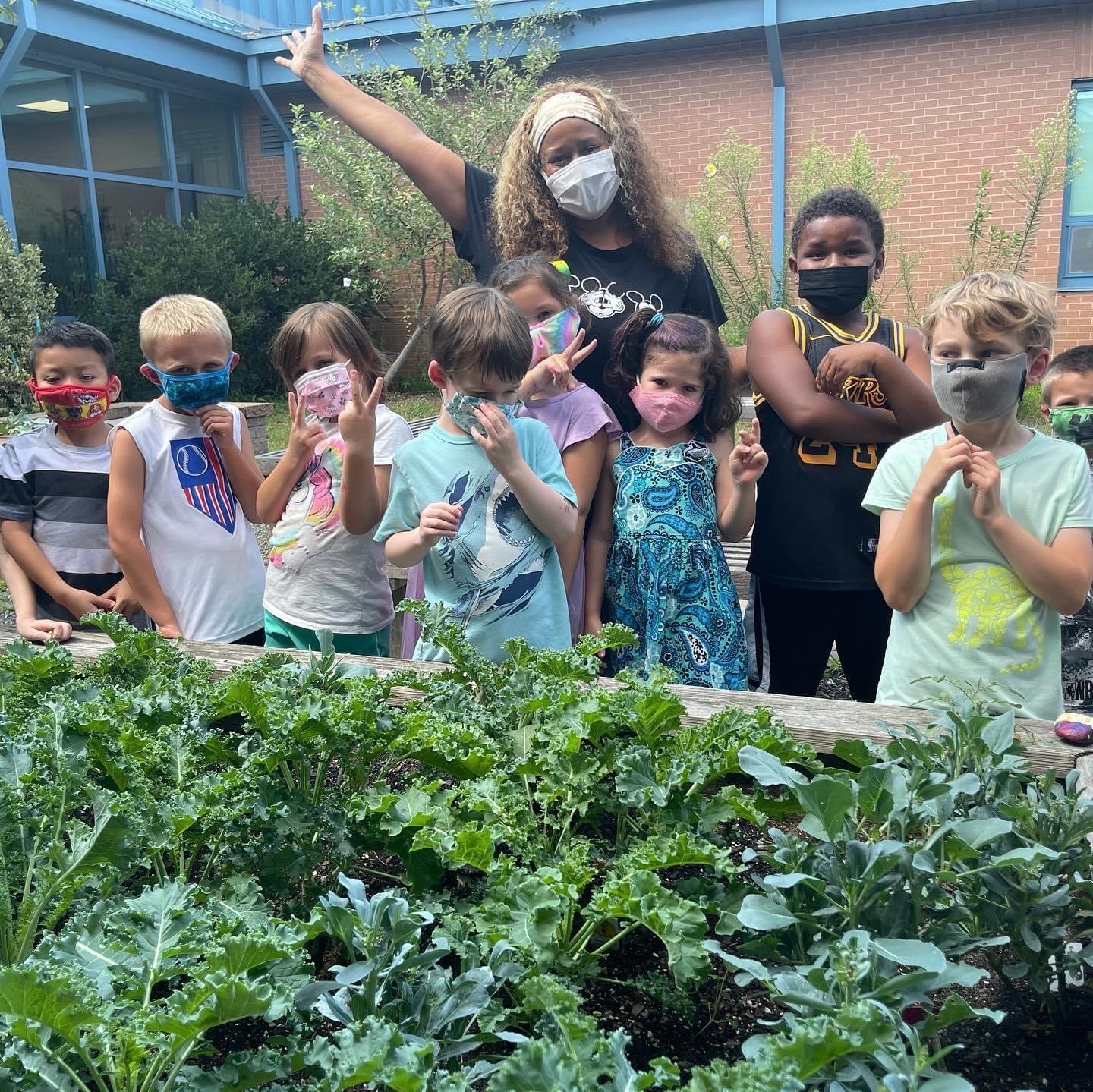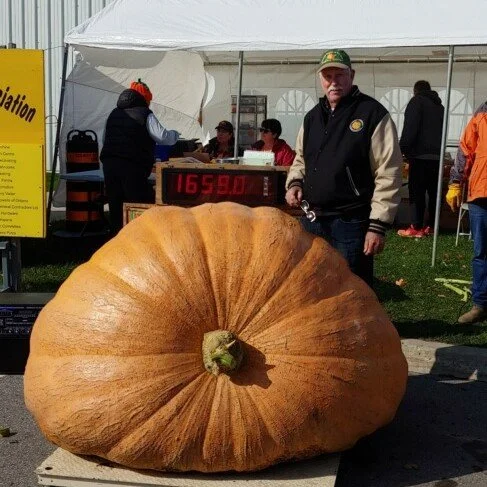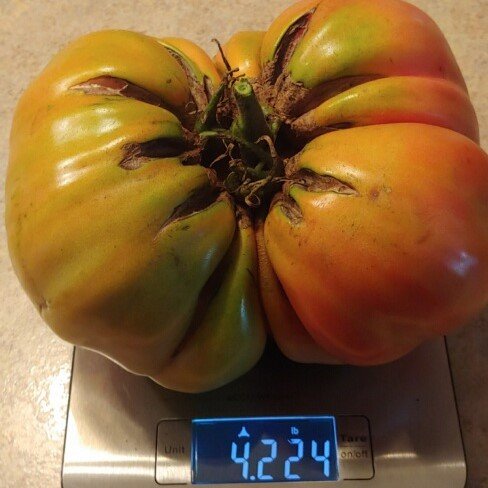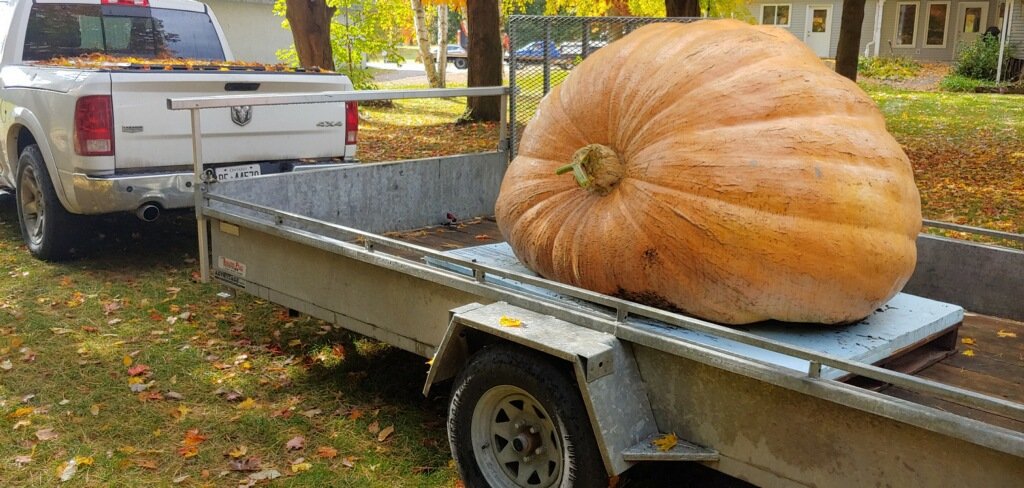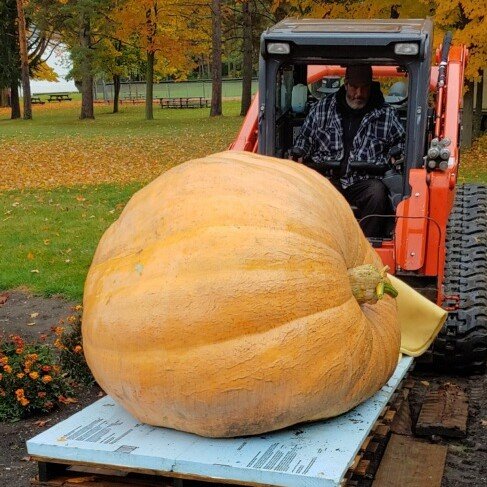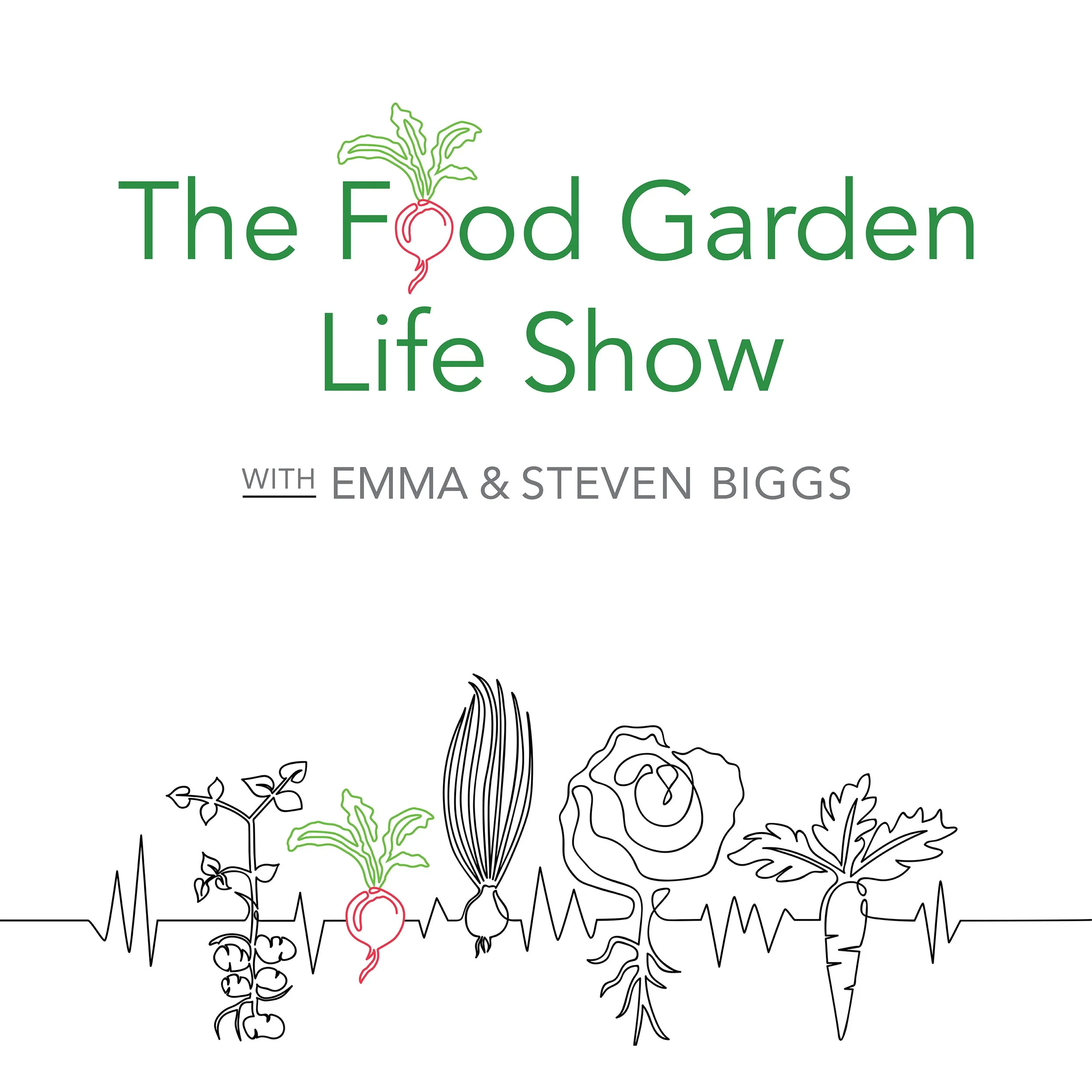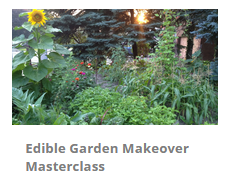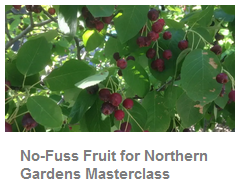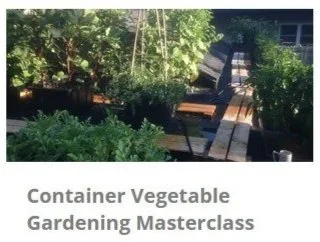5 Small Fruit Crops: Taste Sea Buckthorn (and Smell the Blue Cheese of Fruit)
Sea buckthorn, highbush cranberry, hardy kiwi, bush cherries, and chokecherry with Laurie Brown from Cultur’Innov.
Talking about how to grow sea buckthorn, highbush cranberry, hardy kiwi, bush cherries, and chokecherry
Specialty Fruit Crops
We continue our chat with agronomist Laurie Brown from Cultur'Innov. She talks about 5 more minor fruit crops, how to grow them, and the opportunities they present for growers.
We talk about:
Sea buckthorn
Highbush cranberry
Hardy kiwi
Bush cherries
Chokecherry
Agroforesty
Tips for growers who want to grow specialty fruit crops
"It's the blue cheese of fruit: Tastes like a cranberry and smells like an old boot!"
Co-operative Model
Cultur'Innov is a co-op focused on lesser-known fruit, nuts, and forest crops such as ginseng and mushrooms. This Quebec multi-stakeholder co-operative has both farmers and employees as members.
Agronomist Laurie Brown from Cultur’Innov
The co-op helps its farmer members with different aspects of production:
Understanding crop opportunities
Setting up for a crop
Growing the crop
Processing opportunities
Want More on Wild Fruit?
Expert Interview
In this episode, we chat with forager Robin Henderson, who forages highbush cranberry, sumac, elderflower, and more!
Berry Supports Theory that the Worse it Tastes, the Healthier it is
Aronia, haskap, and elderberry with Laurie Brown from Cultur’Innov.
Talking about how to grow aronia (chokeberry), elderberry, and haskap (honeyberry)
Aronia, Elderberry, Haskap
One is quite healthy but tastes awful. One is very juicy and suited to processing. And one is suited to eating fresh.
In this episode we look at 3 fruit crops: aronia (a.k.a. chokeberry), elderberry, and haskap (a.k.a. honeyberry).
Agronomist Laurie Brown from Cultur'Innov explains how to grow these minor fruit crops, talks about the opportunities for growers, and tells us where they’re at in terms of commercialization.
Co-operative Model
Cultur'Innov is a co-op focused on lesser-known fruit, nuts, and forest crops such as ginseng and mushrooms. This Quebec multi-stakeholder co-operative has both farmers and employees as members.
Agronomist Laurie Brown from Cultur’Innov
The co-op helps its farmer members with different aspects of production:
Understanding crop opportunities
Setting up for a crop
Growing the crop
Processing opportunities
Want More on Small Fruit?
Expert Interview
In this episode, we chat with apple expert Bob Bors about haskaps and cherries.
Graft Apple Trees at Home: Easily Make the Cut
Grafting apple trees with Steven Edholm. (Yes, Frankentrees!) Getting scion wood, rootstock, grafts for beginners, and using household supplies.
How to Graft an Apple Tree
Steven Edholm is a California homesteader who teaches a wide variety of self-reliance skills.
He is passionate about grafting fruit trees. He's created trees that have over 100 varieties.
In this episode, he explains how to graft apple trees at home.
We talk about:
Reasons to graft apple trees
Apple trees with lots of grafts (Frankentrees!)
Cutting and storing apple scion wood
Apple rootstock
Supplies for apple tree grafting (spoiler alert: what you DON’T need to buy)
Best grafts for beginners
Solving common apple-grafting problems
Steven Edholm’s 11-Part Grafting YouTube Video Series
Connect
Website: skillcult.com
YouTube: @SkillCult
Want More on Growing Apples?
Expert Interview
In this episode, we chat with apple expert Bob Osborne about hardy apples.
Edible Garden Artistry with Potager Gardens + School Gardens that Survive Summer
Garden designer Linda Vater talks about how to make a potager garden. Sunday Harrison from Green Thumbs Growing Kids talks about setting up school gardens for summertime success.
Potager Gardens bring Together Elegant & Edible
Oklahoma garden designer Linda Vater loves to create elegant edible gardens. Her work is inspired by the tradition of the potager garden.
We talk about:
Potager gardens
Making ornamental and elegant edible gardens
Design elements such as enclosure, colour, and texture
How to design your own potager-style garden
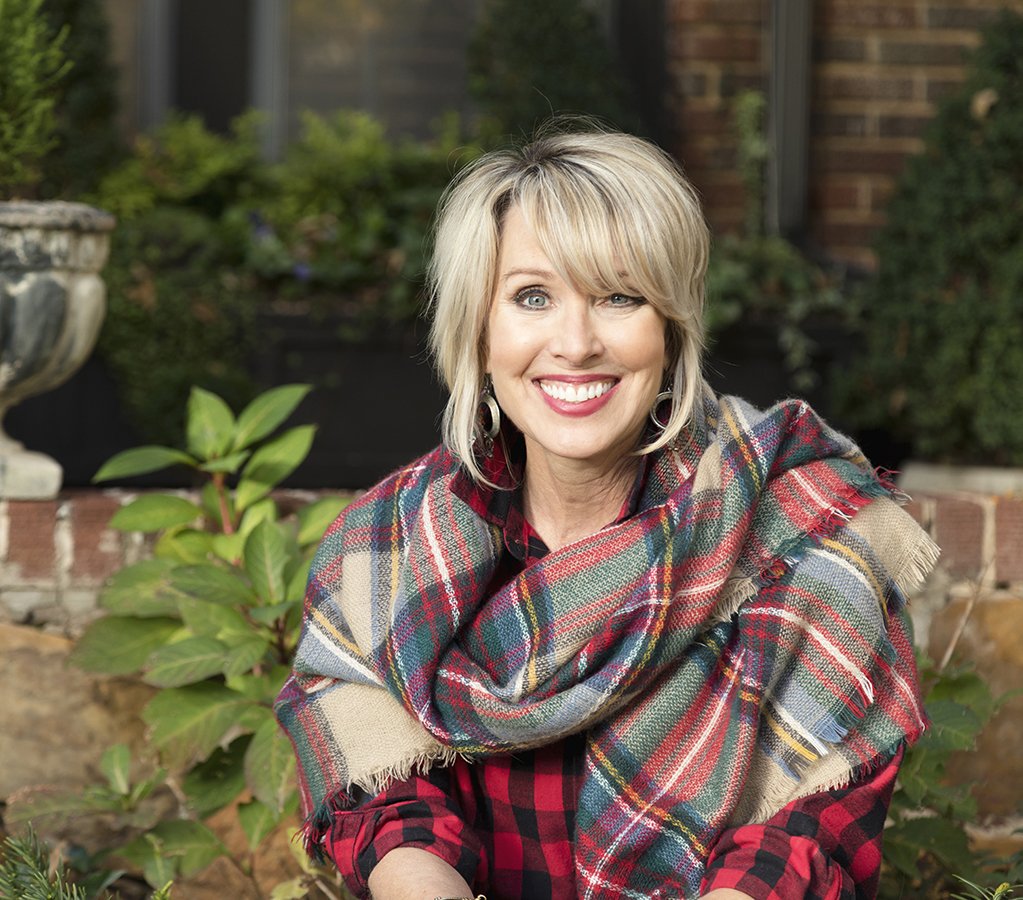
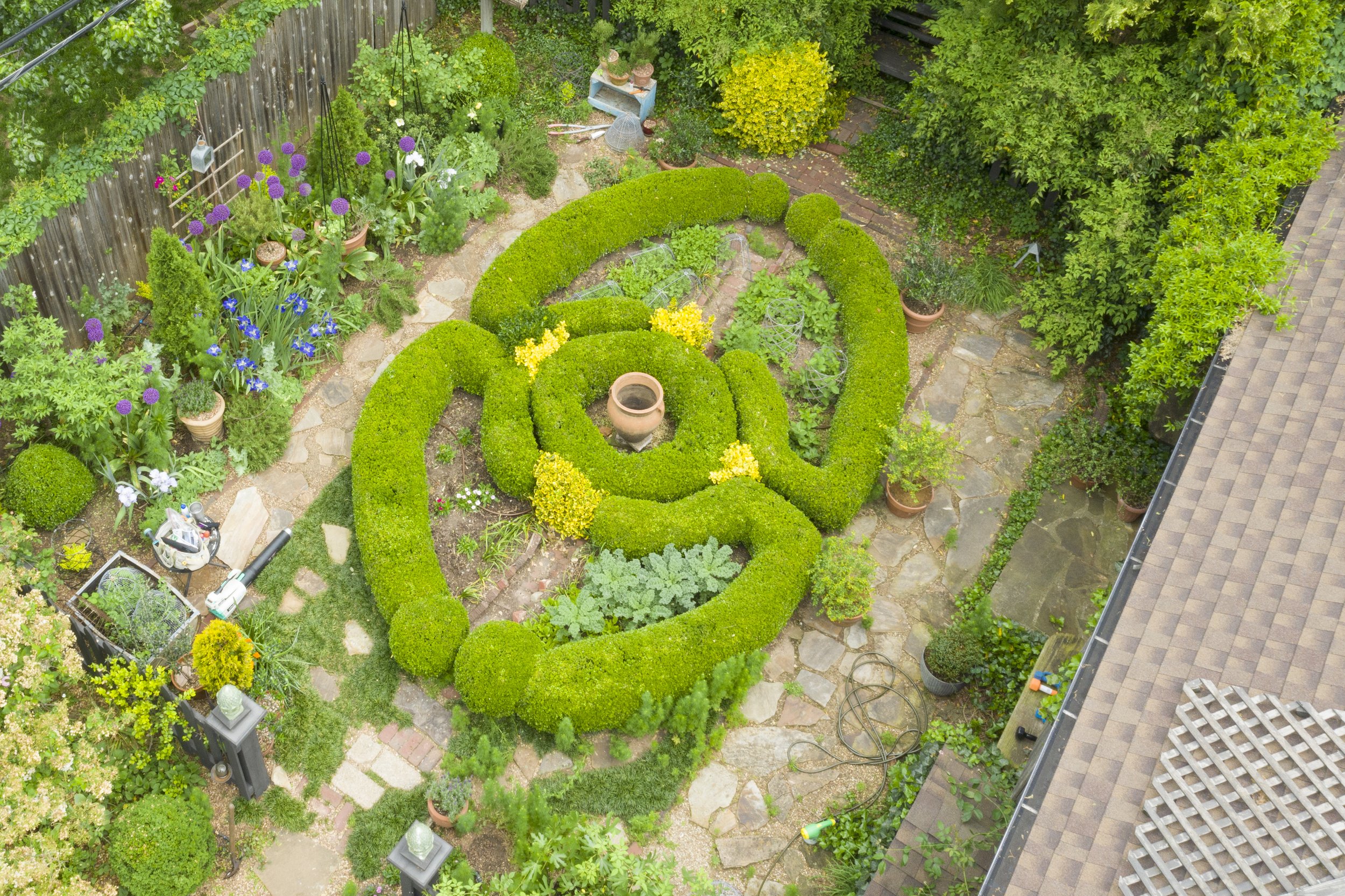
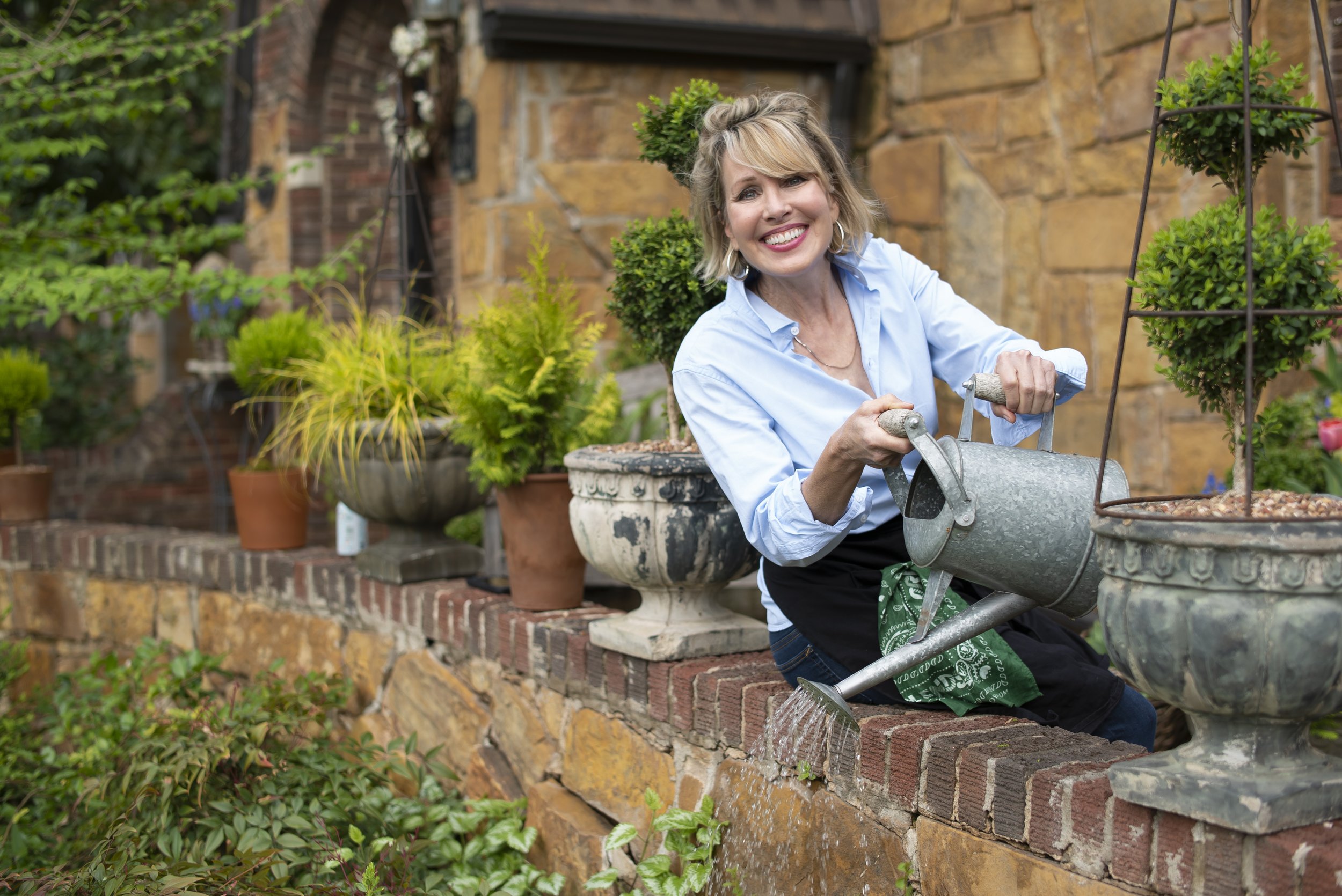

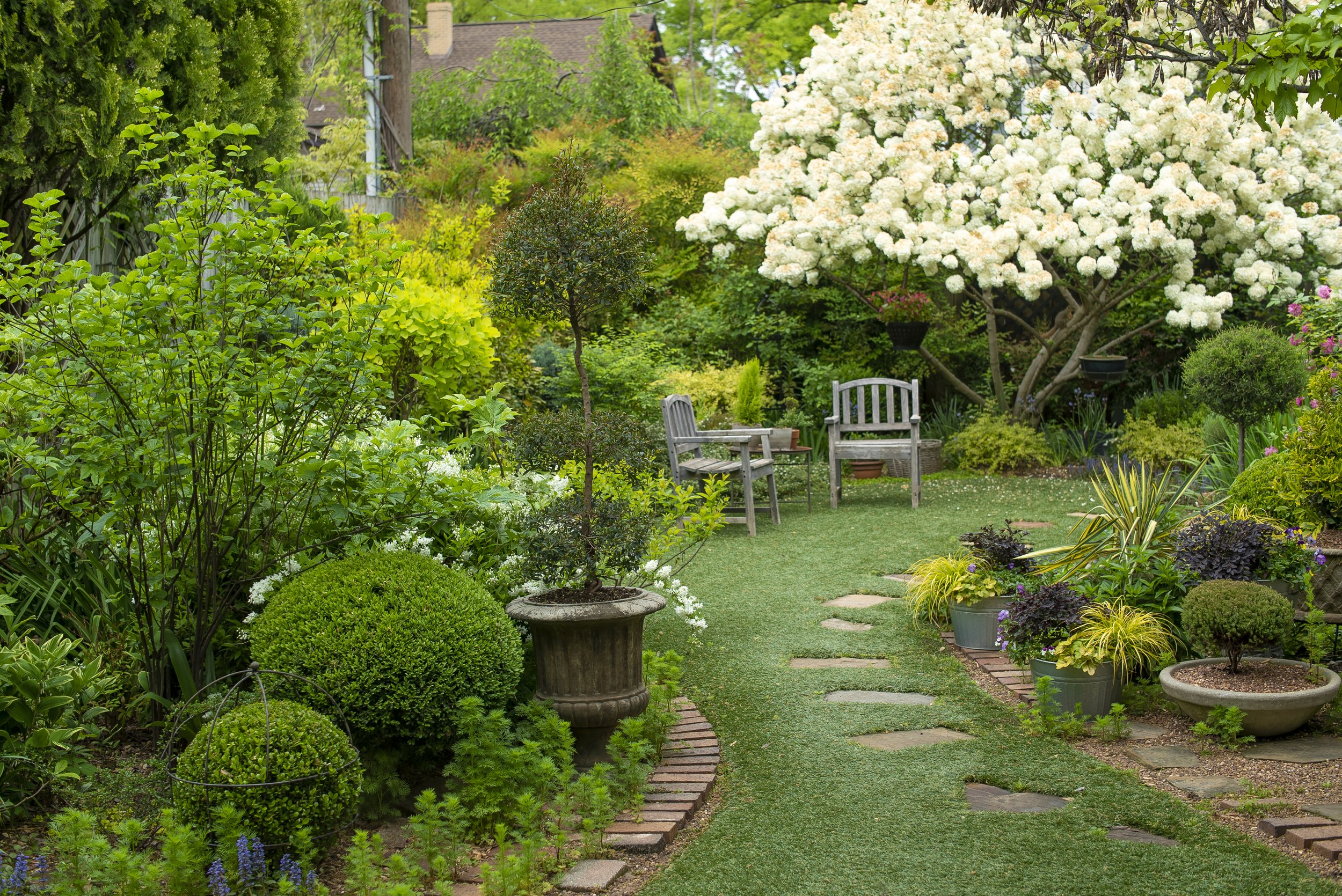
School Gardens That Thrive over Summer
In the second part of the show we catch up with Sunday Harrison from Green Thumbs Growing Kids in Toronto. We're big fans of this non-profit that brings gardening to school kids and communities in downtown neighbourhoods.
We find out more about their model, which solves a common challenge of school gardens: Summer.
We talk about:
Why working with a cluster of schools helps with summer care
Summer community involvement
A project that gets kids growing trees from seed
Want More on Landscape Design with Edibles?
Here’s an article to get you started with edible perennials, a great way to start your ornamental edible garden.
Here are a couple of interviews to give you ideas for landscape design using edible plants.
Don't Feel Bitter about these Cold-Hardy Citrus
Fragrant cold-hardy citrus. Some you can even eat fresh off the tree. Find out about cold-hardy citrus and methods for growing citrus in cold climates.
Cold-Hardy Citrus with Fragrant Rind and Juicy Flesh
We chat with cold-hardy citrus expert Sam Hubert from One Green World Nursery.
Sam's interest in citrus began when he realized he could grow trifoliate orange in New England.
If you've tried trifoliate orange, you'll know it has true pucker power.
But don't worry!
Sam has lined up a mix of cold-hardy citrus: Along with fragrant and bitter citrus that add complexity to all sorts of recipes, he tells us about some eat-straight-from-the-tree cold-hardy citrus.
We talk about:
Trifoliate orange
Yuzu
Sudachi
Kumquat, and other citrus with kumquat lineage
Ichang lemon
Citrumello
Mandarins
Australian finger limes
Sam also shares tips about different ways to grow and protect citrus in cold climates.
Want More on Citrus?
Here’s an article to get you started with lemons:
Here are a couple of interviews with cold-climate citrus growers:
Covering everything from lemon varieties, to location and watering, to pruning and shaping, to overwintering, dealing with pests, and more—and including insights from fellow citrus enthusiasts—this book will give you the confidence you need to grow and harvest fresh lemons in cold climates.
It's Rhubarb...but It's not Rhubarb
Forced rhubarb is a winter specialty that's quite different from rhubarb grown outdoors: It's milder, more tender, and brightly coloured. Brian French from Lennox Farm explains how to force rhubarb.
Forced Winter Rhubarb
Forced rhubarb is a winter specialty that's quite different from rhubarb grown outdoors: It's milder, more tender, and brightly coloured.
Brian French and his wife Jeannette run Lennox Farm in Dufferin County, in Ontario. Along with field-grown rhubarb, they force rhubarb indoors during the winter.
Brian French explains how to force rhubarb:
The French family at Lennox Farm. Brian French at right.
The difference between forced and field-grown rhubarb
Conditions needed to force rhubarb over the winter
Varieties of rhubarb for forcing
Growing rhubarb roots for forcing
Digging rhubarb roots for forcing
Tips for growing rhubarb at home
(Spoiler alert: Brian tells us whether it's really necessary to harvest by candlelight, as it's traditionally done!)
Pictures of Rhubarb Forcing
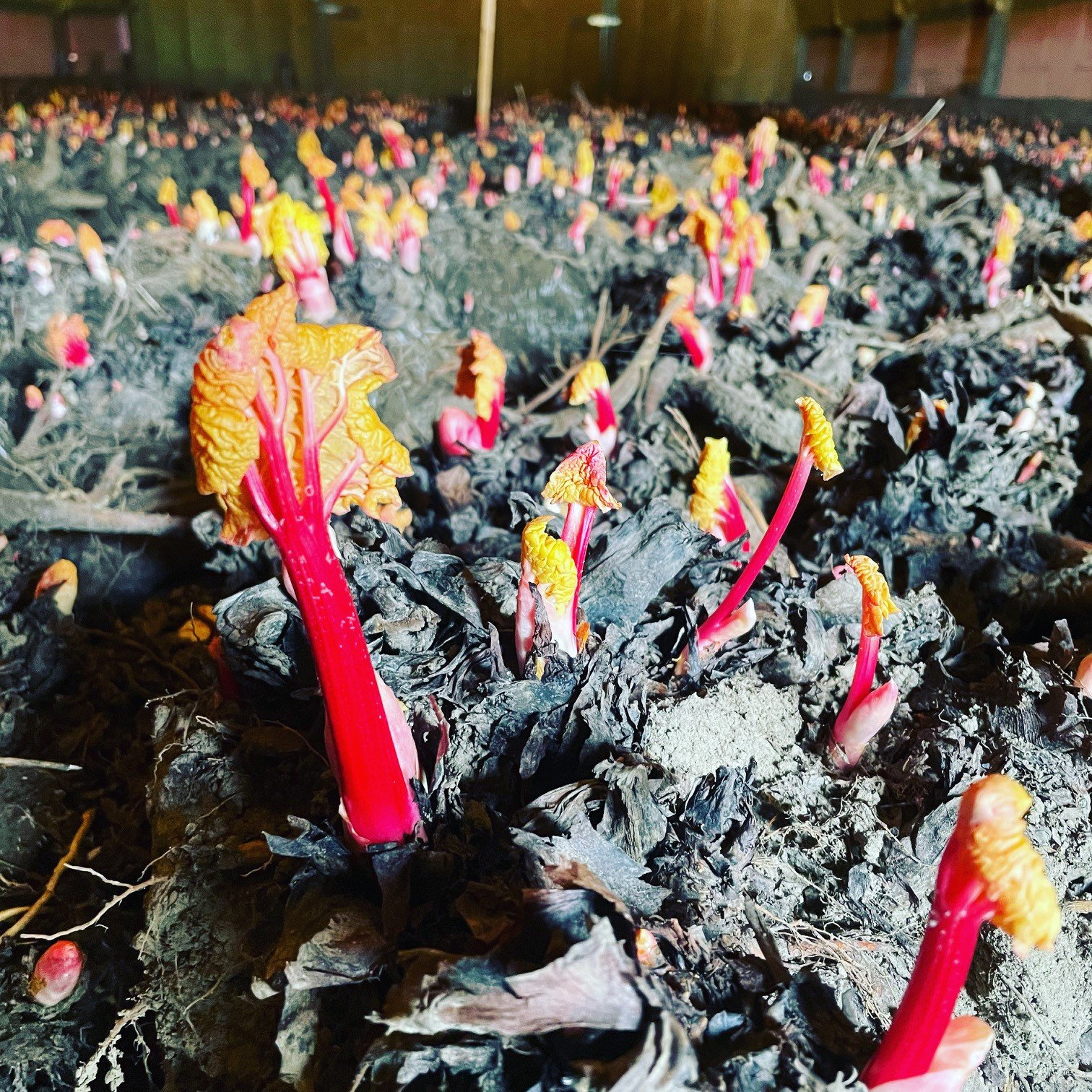

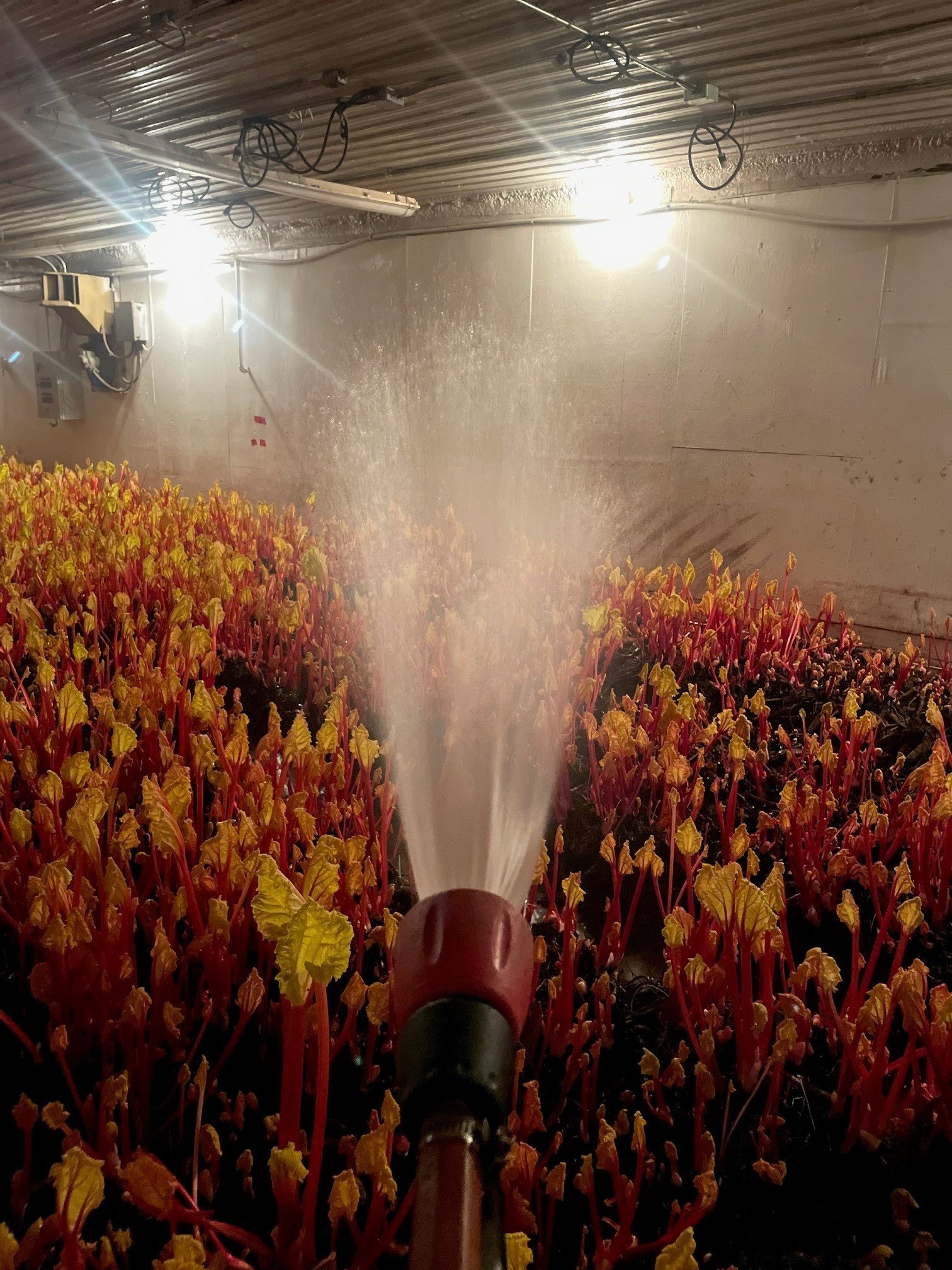

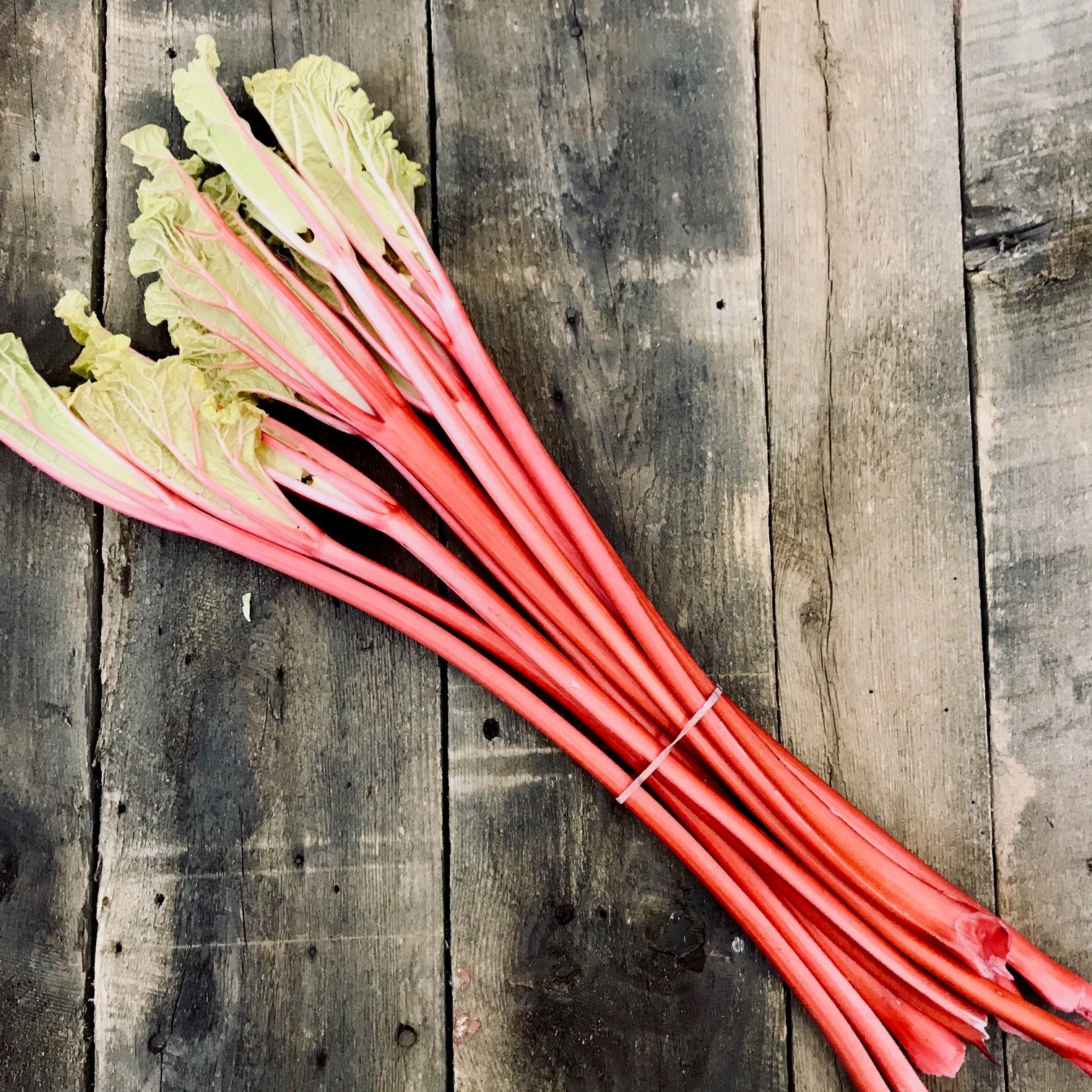
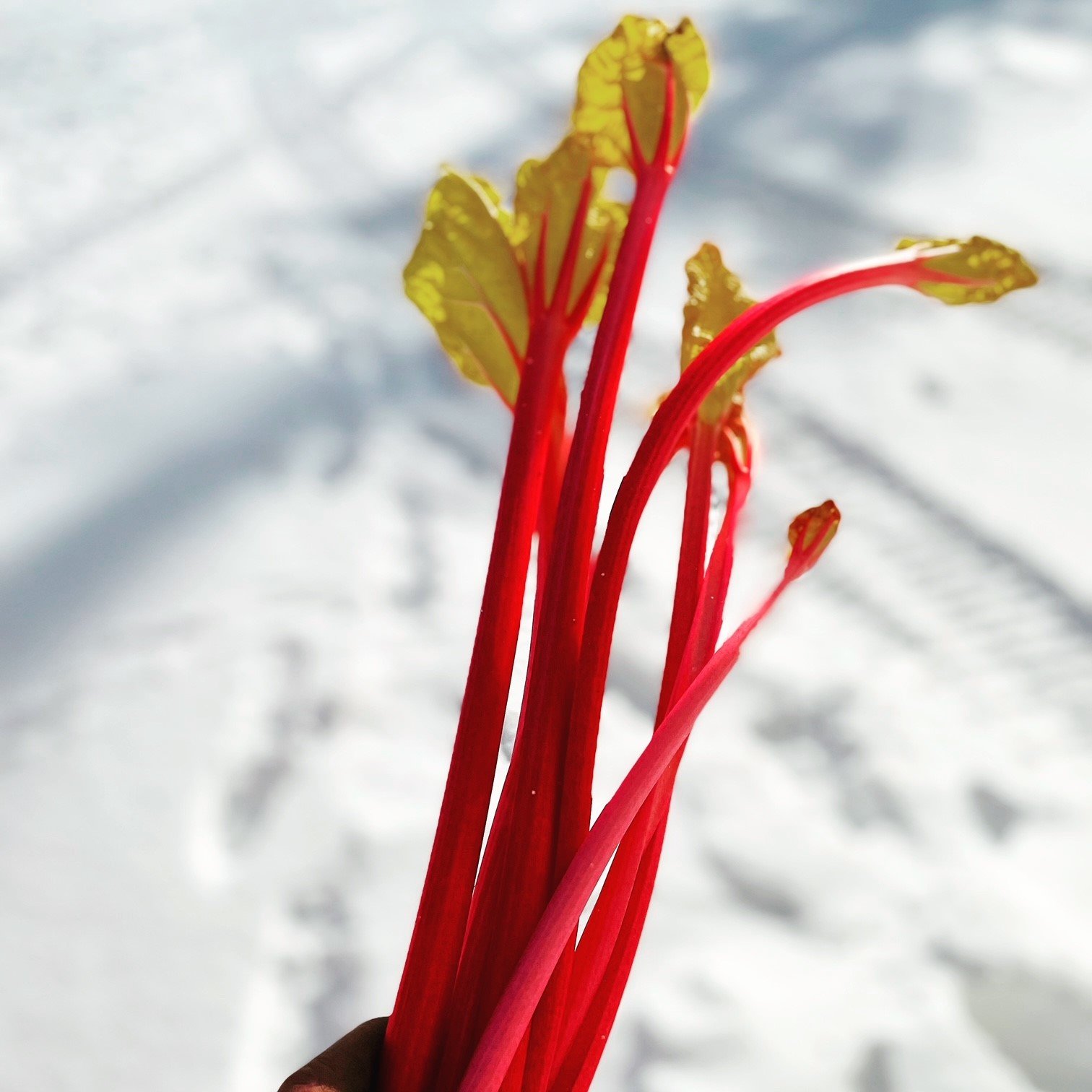
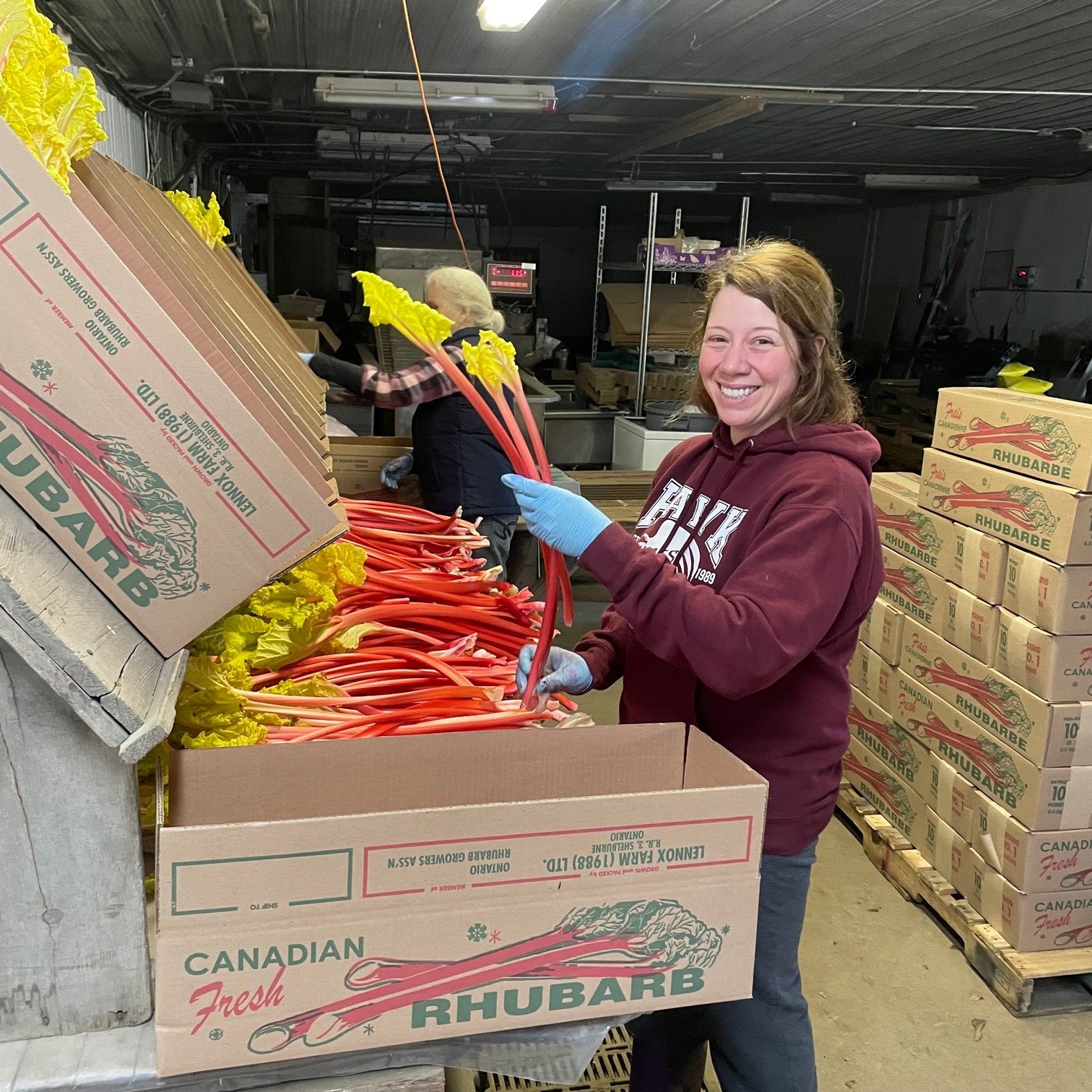
Connect
website: lennoxfarm.ca
Want More on Rhubarb?
Artisan Tomatoes and a Tomato Addiction
A fascination with unusual tomatoes grows into an addiction, and a business. We chat with Teresa Zohorsky from Solana Garden.
Heirloom and Unusual Tomato Varieties
We chat Teresa Zohorsky from Solana Garden in Ontario.
What started as a fascination with unusual tomato varieties grew into an addiction! Teresa specialized in heirloom and unusual tomato varieties, and now sells tomato transplants and fruit.
We talk about:
Top varieties
Resources for finding and researching tomato varieties
Selecting tomato varieties suited to the growing conditions
Tips for people who want to get started growing heirloom and unusual tomatoes
Connect
@solana_garden in Instagram and Twitter
Want More on Tomatoes?
Grow Quince + Delectable Root Veg Recipes
We talk about growing quince with Joseph Postman; and talk about cooking root vegetables with Jennifer MacKenzie, who shares recipes from her book The Complete Root Cellar Book.
Spoiler alert: Scroll down for recipes!
Growing Quince
Quince expert Joseph Postman joins us to talk about quince. This fragrant fruit is unknown to many in North America, and often relegated to use as a rootstock for pear trees.
Postman is a retired plant pathologist and curator of the USDA National Clonal Germplasm Repository in Corvallis, Oregon, where he helped develop a pear collection with cultivars and species from around the world.
We talk about:
What is quince
How to use quince fruit
The use of quince trees as rootstock for pear trees
Quince varieties
Quince cold hardiness
Quince diseases
Delectable Root Vegetable Recipes
Cookbook author and professional home economist Jennifer MacKenzie joins us to talk about cooking root vegetables and shares recipes from her book The Complete Root Cellar Book.
We talk about:
Shopping for root veg
What to look for if you're planning to store root veg
Spiced roasted turnip and beet batons
Beet and carrot slaw
Root cellar medley soup
Parsnip and pear soup
MacKenzie is the author of 9 cookbooks.
Sous Vide Basics
150 Best Waffle Maker Recipes
The Complete Book of Pickling
The Dehydrator Bible
The Complete Trail Food Cookbook
The Complete Root Cellar Book
Complete Curry Cookbook
Best of Bridge Home Preserving
Recipes from The Complete Root Cellar Book
Parsnip and Pear Soup
From The Complete Root Cellar Book by Steve Maxwell and Jennifer MacKenzie (Robert Rose 2010); used with permission.
The sweet, floral flavor of pears tames the stronger flavor of parsnips in this light and velvety soup.
Makes 4 to 6 servings
1 tbsp (15 mL) vegetable oil
1/2 cup (125 mL) chopped shallots
2 pears, peeled and chopped
1 small all-purpose potato, peeled and chopped
4 cups (1 L) chopped parsnips (6 to 10)
4 cups (1 L) homemade vegetable stock or chicken stock, or reduced-sodium ready-to-use vegetable or chicken broth
1 tbsp (15 mL) white wine vinegar
1 tsp (5 mL) salt, or to taste
1/2 tsp (2 mL) freshly ground black pepper, or to taste
Chopped fresh parsley
1. In a large pot, heat oil over medium heat. Add shallots and sauté for about 3 minutes or until starting to soften. Add pears, potato and parsnips; sauté for 5 minutes or until parsnips start to soften.
2. Add stock and bring to a boil over medium-high heat. Reduce heat to medium-low, cover and simmer for about 20 minutes or until vegetables are very soft.
3. Using an immersion blender in pot or transferring soup in batches to an upright blender, purée until very smooth. Return to pot, if necessary.
4. Add water or more stock to thin to desired consistency. Reheat over medium heat until steaming, stirring often. Stir in vinegar. Season with salt and pepper.
5. Ladle into warmed bowls and serve sprinkled with parsley.
Tips: If your parsnips have tough, woody cores, trim them away when chopping; they’ll cause your soup to be stringy.
To dress up this soup for entertaining, float a spiced pear crisp (see page 138 of the book for the recipe) on each serving.
Spice-Roasted Turnip and Beet Batons
From The Complete Root Cellar Book by Steve Maxwell and Jennifer MacKenzie (Robert Rose 2010); used with permission.
Change up your traditional vegetable side dishes by adding a dash of spice and roasting them instead of boiling, and you’ll think you’re eating an entirely new food.
Makes 4 to 6 servings
Preheat oven to 400F (200C)
Large rimmed baking sheet, lined with foil
Ingredients
3 large turnips (about 1 lb/500 g)
2 large beets (about 1 lb/500 g)
2 tbsp (30 mL) olive oil
1/2 tsp (2 mL) curry powder
1/2 tsp (2 mL) ground cumin
1/2 tsp (2 mL) ground coriander
1/8 tsp (0.5 mL) cayenne pepper
Sea salt and freshly ground black pepper
1. Peel turnips and rinse. Trim off leaf stalks from beets (reserving for another use if desired) and trim off long roots. Peel beets and rinse. Cut turnips and beets lengthwise into sticks about 1/2-inch (1 cm) square.
2. On prepared baking sheet, toss turnips and beets with oil, curry powder, cumin, coriander and cayenne. Season to taste with salt and black pepper. Spread out as much as possible. Bake in preheated oven for about 50 minutes, flipping halfway through, or until vegetables are tender and browned. Season to taste with salt and black pepper. Transfer to a warmed serving dish.
Tip: A sharp Y-shaped vegetable peeler is very helpful when you’re peeling hard root vegetables, such as turnips and beets. If your peeler seems to be dragging the skin rather than neatly peeling it off, it’s probably time to invest in a new one.
More on Quince
Here are more interviews about quince.
More on Root Cellars
Here are more interviews about root Cellars.
Move Over Blueberries: A New Fruit for the Northern Gardener
Bob Bors talks about how to grow haskap, an early and very cold-tolerant fruit.
Bob Bors talks about haskap, a.k.a. honeyberry, a very cold-tolerant fruit
Haskap is a Fruit for Northern Gardens
In this replay of a 2019 interview, we chat with Bob Bors, head of the fruit breeding program at the University of Saskatchewan.
We talk about:
Breeding haskap (a.k.a. honeyberry) fruit
Cold-tolerance of haskap
How to care for haskap
How to prune haskap
Cold-tolerant cherry varieties from University of Saskatchewan
Growing Fruit in Northern Gardens
Bors is also the co-author of an excellent book: Growing Fruit in Northern Gardens. The book is not currently in print—but it’s well worth hunting for a used copy.
Dwarf and Unusual Tomatoes
Some tomato variety ideas for your 2023 garden. (Yes, a tomato plant you can bring indoors for winter!)
Tomato expert Linda Crago talks with Emma about some dwarf and unusual tomato varieties.
A Tomato Variety to Bring Indoors for Winter
Emma chats with tomato expert Linda Crago about the 'House' tomato, a compact tomato plant that some gardeners keep over the winter in the house.
They also talk about a few other unusual tomato varieties, including one of the ugliest tomato plants you'll see: 'Stick.'
More on Tomatoes
Reviving a Forgotten Fruit...by Planting an Orchard!
Jane Steward, author of Medlars – Growing & Cooking, talks about how to grow medlar, how to cook medlar — and shares some fascinating medlar history.
How to Grow and Cook Medlar
Author and medlar expert Jane Steward from Eastgate Larder talks about how to grow and cook medlar.
Jane Steward, author of Medlars – Growing & Cooking, talks about how to grow medlar, how to cook medlar, and shares some fascinating medlar facts. (Find out how medlar wood was used in Dutch windmills!)
Steward planted a medlar orchard, holds the UK National Collection of medlars, and runs Eastgate Larder—a food business where she processes medlar.
We talk about:
How to grow medlar (Mespilus germanica)
How to cook medlar
Steward’s journey into planting a medlar orchard and starting a food-processing business
How to “blet” medlar
Medlar rootstock
Medlar fruit in Turkey and around the Caspian Sea
(Spoiler alert: we also hear about medlar gin and a delicious medlar chutney)
“If you want to have medlars in your life you really need to have a tree!”
Connect
Eastgate Larder: eastgatelarder.co.uk
Find the book at Prospect Books, or online at Amazon.
Want More on Medlar?
Interested in Lesser-Known Fruit?
Top Crops and Seed Shopping
Horticulturist and vegetable-garden expert Donna Balzer talks about garden planning and shares her tips for seed shopping.
Garden Planning and Seed Shopping
Horticulturist and vegetable-garden expert Donna Balzer talks about garden planning and shares her tips for seed shopping.
Horticulturist and vegetable-garden expert Donna Balzer talks about garden planning and shares her tips for seed shopping.
We talk about:
Favourite early spring greens crops
Making a vegetable garden plan
Succession crops
Storage Crops
Where to get seeds
Testing seeds for viability
Seed Lingo
Connect
Donna’s website: donnabalzer.com
Want More Planning Ideas?
Find out about vegetable-crop spacing in this article.
Interested in Heirloom Seed?
Hear Jere Gettle from Baker Creek Heirloom Seeds talk about his journey into seeds.
Meet Canada's Grape
Daniel Speck from Henry of Pelham winery talks about how to grow grapes, European wine grapes, North American labrusca grapes—and hybrid grapes.
Growing Grapes and Making Wine in Niagara
Daniel Speck from Henry of Pelham winery talks about growing grapes, wine, and different types of wine grapes.
Daniel Speck from Henry of Pelham winery talks about growing grapes, wine, and different types of wine grapes.
We talk about:
What makes Niagara an excellent grape-growing region
Grape vine care
Vinifera grapes, labrusca grapes, and hybrid grapes
The history of the Henry of Pelham
Baco Noir and Pinot Noir grapes
Food pairings for Baco Noir wine
“Baco is Canada’s Grape!”
Matthew, Paul, and Daniel Speck
Connect
Henry of Pelham Winery: henryofpelham.com
Want More Interesting Drink Ideas?
If this episode got you thinking about fun drinks to serve over the holidays, tune in to the episode entitled, Garlic-Infused Vodka and a Cricket Rodeo, where Peter McClusky from the Toronto Garlic Festival tells us about garlic-infused vodka.
Interested in Growing Fruit?
Check out these articles about growing fruit in cold climates.
Apricots in Alaska!
Mark Wolbers, president of the Alaska Pioneer Fruit Growers Association, talks about growing fruit north of 60.
Grow Fruit North of 60
Mark Wolbers, president of the Alaska Pioneer Fruit Growers Association, talks about growing fruit north of 60.
Mark Wolbers, president of the Alaska Pioneer Fruit Growers Association, talks about growing fruit north of 60.
We talk about:
The range of fruit that grows in Alaska
The growing conditions in different parts of Alaska
Using greenhouses and high tunnels
The gardening culture in Alaska
The advantages of growing in a northern area
Opportunities for monetization
A greenhouse-winery!
“Snow is our friend!”
Connect
Alaska Pioneer Fruit Growers Association: apfga.org
Want More on Growing Food in the North?
Tune in to hear Suzanne Crocker from Dawson City talk about eating locally for a whole year in the episode No Groceries North of 60.
Great Herbs for Indoor Growing (Ditch the Scorched Rosemary!)
Dave Hanson from Sage Garden Greenhouses talks about growing herbs indoors over winter: The easiest herbs to grow indoors, potting, feeding, and care.
Grow Herbs Indoors
Dave Hanson joins us to talk about growing herbs indoors over the winter. He’s the owner of Sage Garden Greenhouses and co-host of The Grow Guide podcast.
Dave Hanson from Sage Garden Greenhouses in Winnipeg, Manitoba tells us about growing herbs indoors.
Dave has joined us here on the show before to talk about exotic edibles.
Along with Sage Garden Greenhouses, he co-hosts The Grow Guide podcast.
We talk about:
Herbs that can be moved indoors from the garden
Seed-growing herbs indoors over winter
3 bullet-proof herbs for growing indoors (for people like Steve…who has a habit of killing rosemary plants over the winter)
Lesser-known herbs that are well suited to indoor conditions
Indoor herb care and feeding
Potting soil for growing herbs indoors
Controlling pests on indoor herb plants
“Even though I’m a greenhouse grower, I like to un-complicate things!”
Top Herbs for Indoors
Connect
Sage Garden Greenhouses: sagegarden.ca
The Grow Guide podcast: thegrowguidepodcast.com
Want More on Herbs?
We have more inspiring interviews about growing and using herbs.
School Garden Kicks Off with Celebrity
Sonya Harris joins us to talk about school gardens, gardening with kids, and The Bullock Garden Project
Taking Math to the Garden
Sonya Harris’ from The Bullock Garden Project on bringing the garden to the classroom.
It started with a math lesson. A very boring math lesson.
Educator Sonya Harris was trying to get a concept to stick. And the thing that got it to stick was the garden.
A non-gardener, she saw how it could help kids take in ideas. But she wasn’t sure where to start once she got buy-in from the principal to make a garden.
So she did it with a fun celebrity event.
We talk about:
Launching the school garden with a “yard-crashing” event featuring an HGTV star
Bringing the classroom to the garden — and the garden to the classroom
Creating The Bullock Garden Project to help other educators start gardens
Funding the non-profit project with a for-profit seed company, Garden Teachers Yard
Resources for educators who want to incorporate gardening into the curriculum
Joining the board at KidsGardening.org
Connect
Bullock Garden Project: bullockgardenproject.org
Garden Teachers Yard: gardenteachersyard.com
Kids Gardening: kidsgardening.org
Want More on Gardening with Kids?
We have lots of inspiring interviews with educators, and a series of kids-gardening videos that Emma did when she was younger
How to Prune Fruit Trees + Apple Tasting 101
Susan Poizner talks about how to have your own apple-tasting event, and explains how to prune fruit trees.
Discover the Next Great Apple
Susan Poizner from Orchard People talks about how to have your own apple-tasting event, and explains how to prune fruit trees.
Susan Poizner, founder of Ben Nobleman Community Orchard in Toronto, talks about the upcoming apple-tasting fundraiser event for the orchard. Poizner is a college instructor, author of Grow Fruit Trees Fast and Growing Urban Orchards, and the founder of Orchard People.
At the virtual apple tasting, participants are guided through characteristics such as:
Smell
Flavour
Texture
The apples in the tasting were bred in Ontario — and have not yet been released.
An apple tasting event is something you can do yourself! Poizner shares tips on how to host your own apple-tasting event.
Pruning Fruit Trees
We also talk about how to prune fruit trees:
Why prune fruit trees
How to prune fruit trees
Winter vs. summer pruning
Water sprouts
When to cut off healthy branches
Whip cuts
Connect
Orchard People: orchardpeople.com
Ben Nobleman Community Orchard: communityorchard.ca
Want More on Growing Fruit?
Electric Saws and Giant Pumpkins
Norman Kyle joins us to talk about growing giant veggies — and about his 1,659-pound pumpkin.
It Takes an Electric Saw...to Get Seeds from this 1659-Pound Pumpkin
Norman Kyle with his 1,659-pound pumkin, which will be on display at the 2022 Royal Agricultural Winter Fair in Toronto
We chat with giant vegetable grower Norman Kyle from Ennismore, Ontario.
Kyle will have a number of his giant vegetables on display at the 2022 Royal Agricultural Winter Fair in Toronto, November 4-13.
We talk about:
His 1,659-pound pumpkin — a personal best
Tips on growing giant vegetables
How to grow giant pumpkins
Getting seed
Want to See a Great Display of Giant Veg?
Go to the 2022 Royal Agricultural Winter Fair in Toronto, November 4-13.
If you’ve never been to the Royal – go. There are veg displays, a honey competition, agricultural competitions, and ideas and products from people who are passionate about food.
Want More on Giant Vegetables?
Hear Phil Hunt talk about a giant pumpkin that looked like a Volkswagen Beetle as it grew in his garden.
75 Frost-Free Days and Bird Song Just After Midnight
Gardening north of 60° with Arlin McFarlane. She’s an artist, filmmaker, and gardener in Whitehorse, Yukon, and the producer of the gardening show The Curious Gardener.
Gardening in Whitehorse, Yukon
Arlin McFarlane from Whitehorse, Yukon, talks about gardening in the north and her show, The Curious Gardener.
We chat with artist, filmmaker, and gardener Arlin McFarlane in Whitehorse, Yukon about gardening in cold climates.
McFarlane produced the gardening show The Curious Gardener, about Yukon farmers and gardeners.
We talk about:
Gardening when there are only about 75 frost-free days in the growing season
Gardening on poorly developed soils
How to grow tomatoes in the far north (spoiler alert: Arlin grows tomatoes!)
The importance of microclimates
The show The Curious Gardener
Connect
The Curious Gardener: thecuriousgardener.ca
Want More on Far-North Gardening?
Hear Suzanne Crocker talk about growing and eating only local food for a year, in Dawson City, Yukon.
Potted Lemons for Cold-Climate Gardens
Steven Biggs talks about why lemon trees are a good plant to start with if you’re thinking of growing citrus in a cold climate.
Why Lemons are a Good Citrus Plant to Start With
Steven explains why lemons are his top citrus choice for cold climates.
Steven explains why lemons are his top citrus choice for cold climates.
He talks about:
How cold lemon trees can get
How cold the fruit can get
Fruiting and flowering
Using lemon leaves in the kitchen
How big potted lemon plants will get
His favourite lemon for growing in a pot in cold climates
Want to Learn More about Lemons?
Book About Growing Lemons in Cold Climates
Ever wondered about how to grow a lemon tree in a pot? Or in the ground if you’re in a borderline hardiness zone?
This book explains how to grow a lemon in a pot and enjoy your own homegrown lemons.

